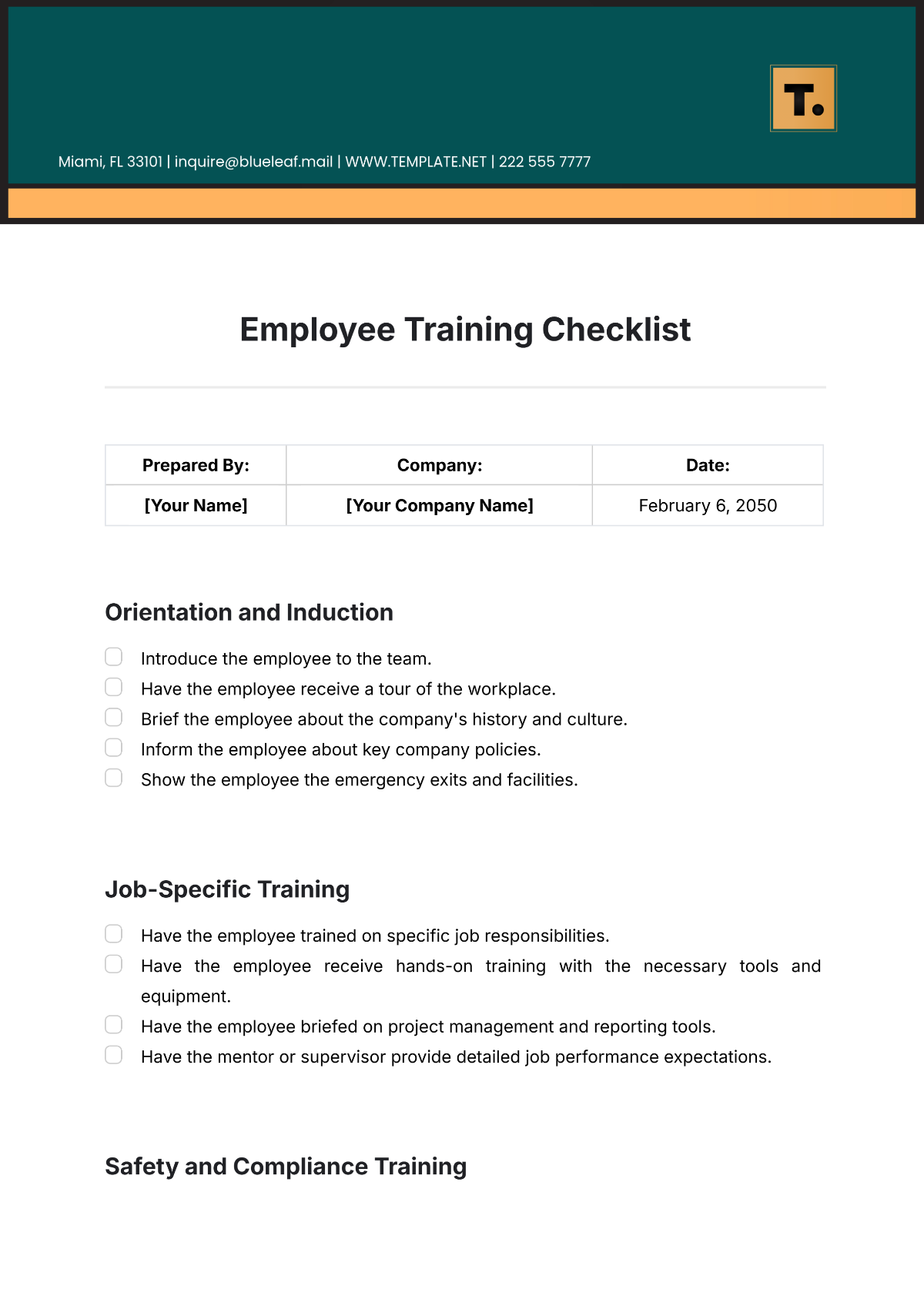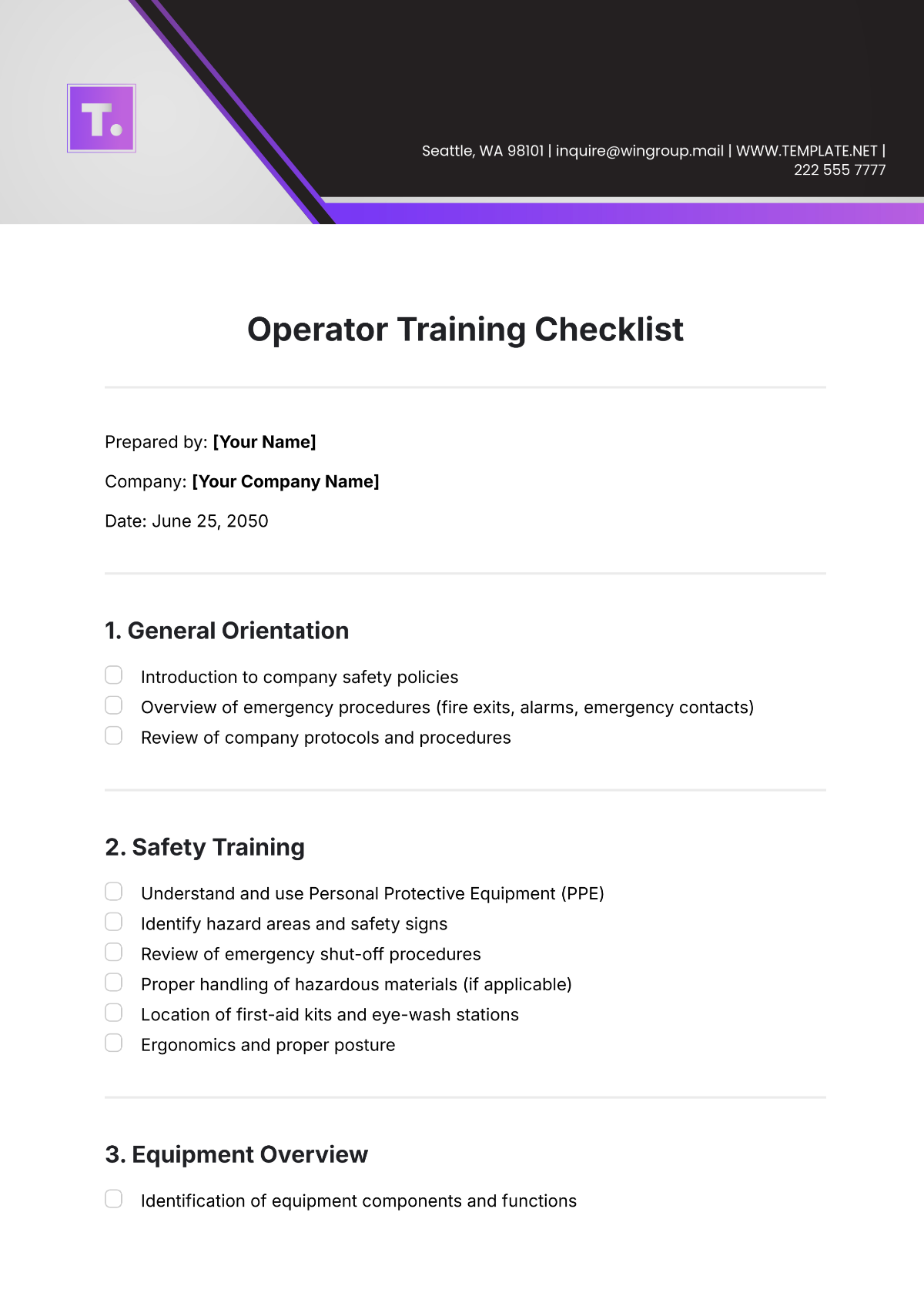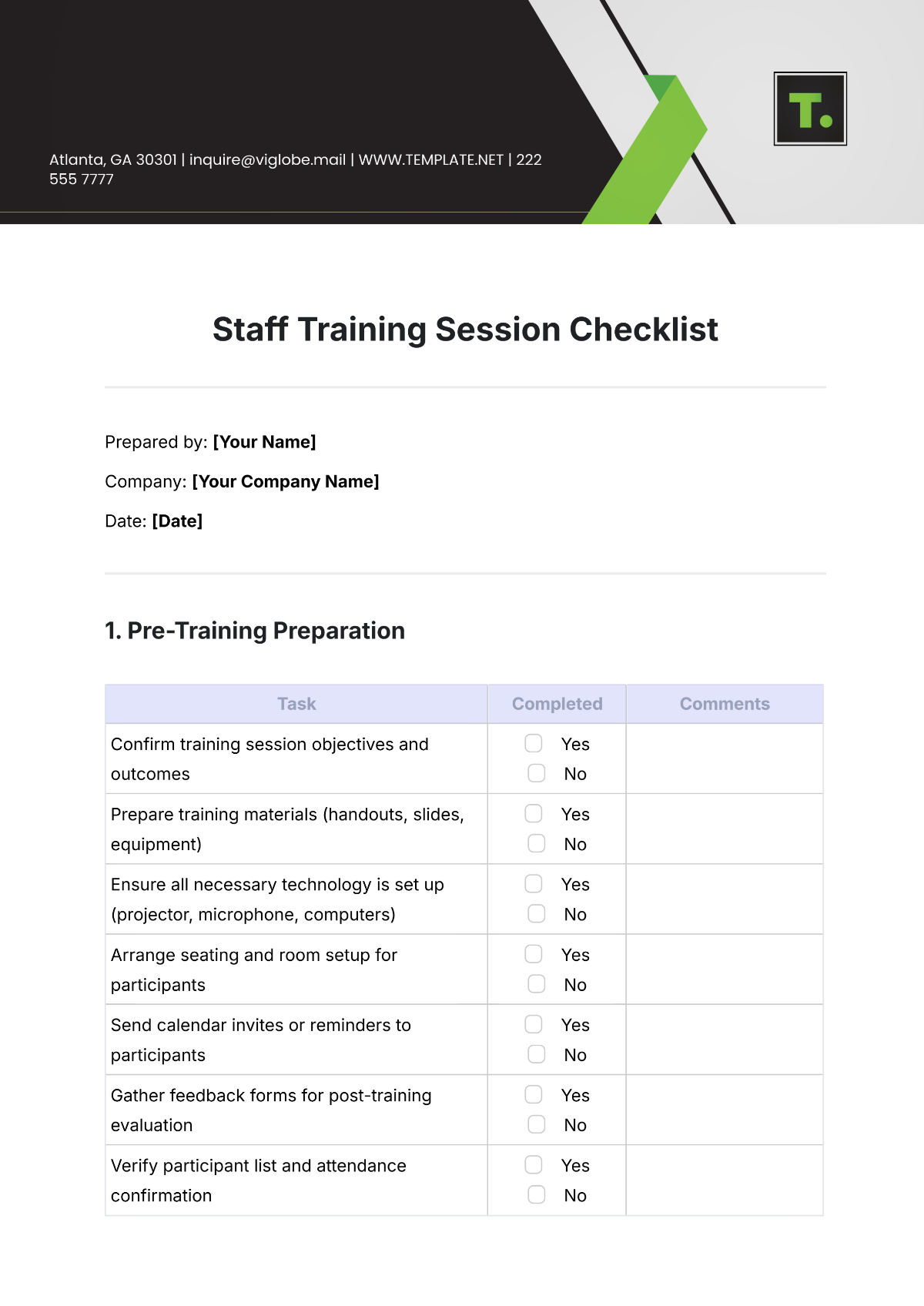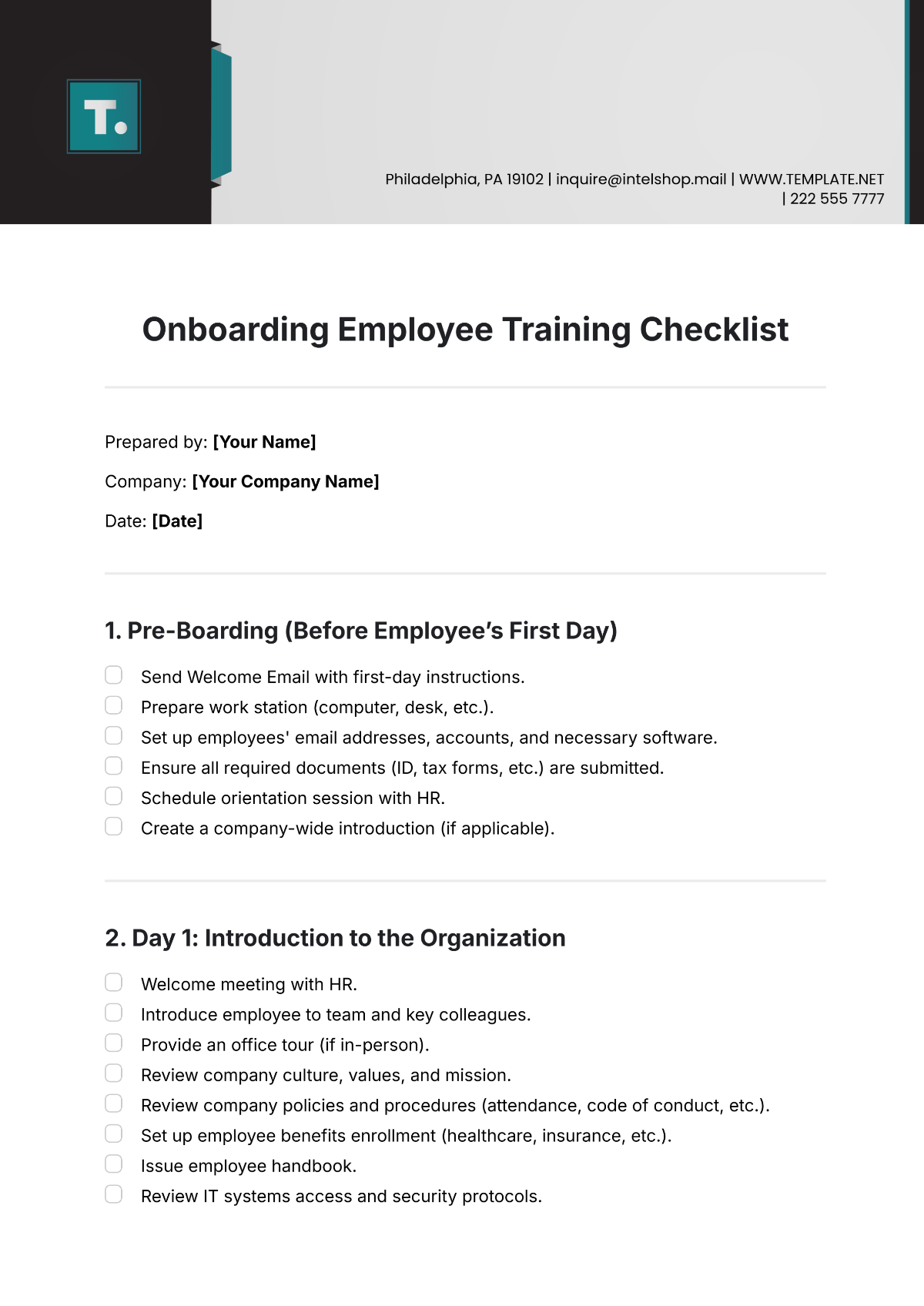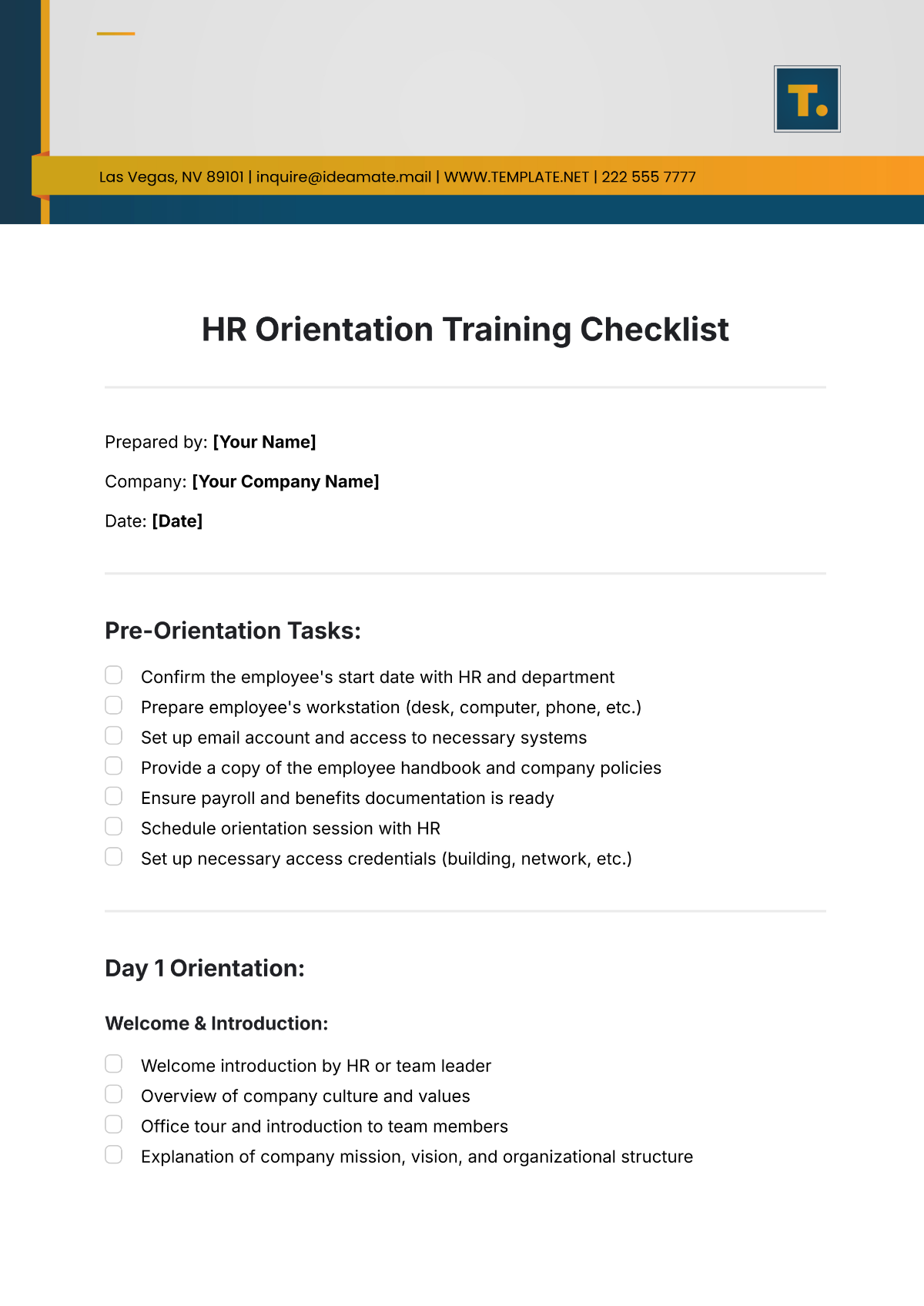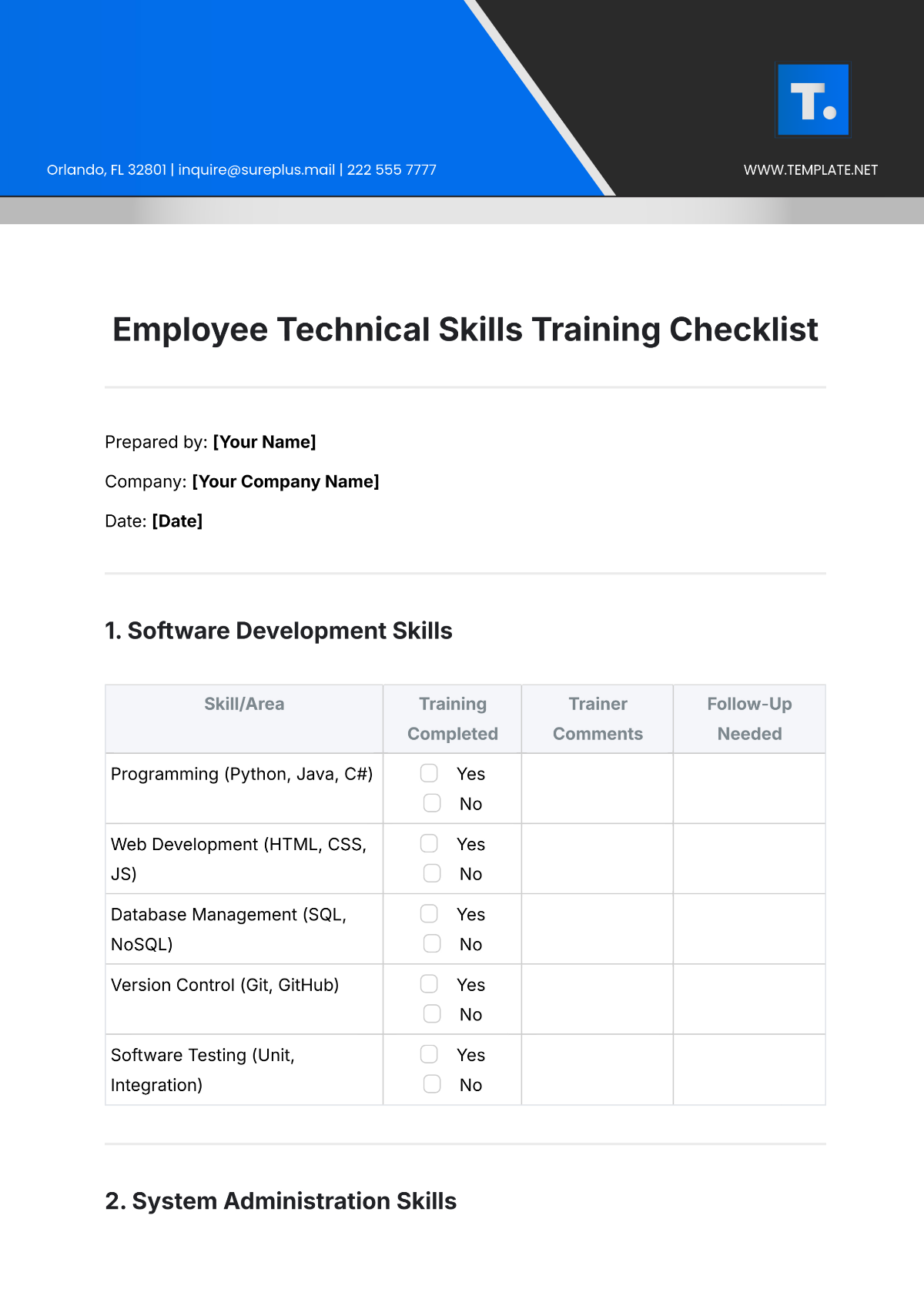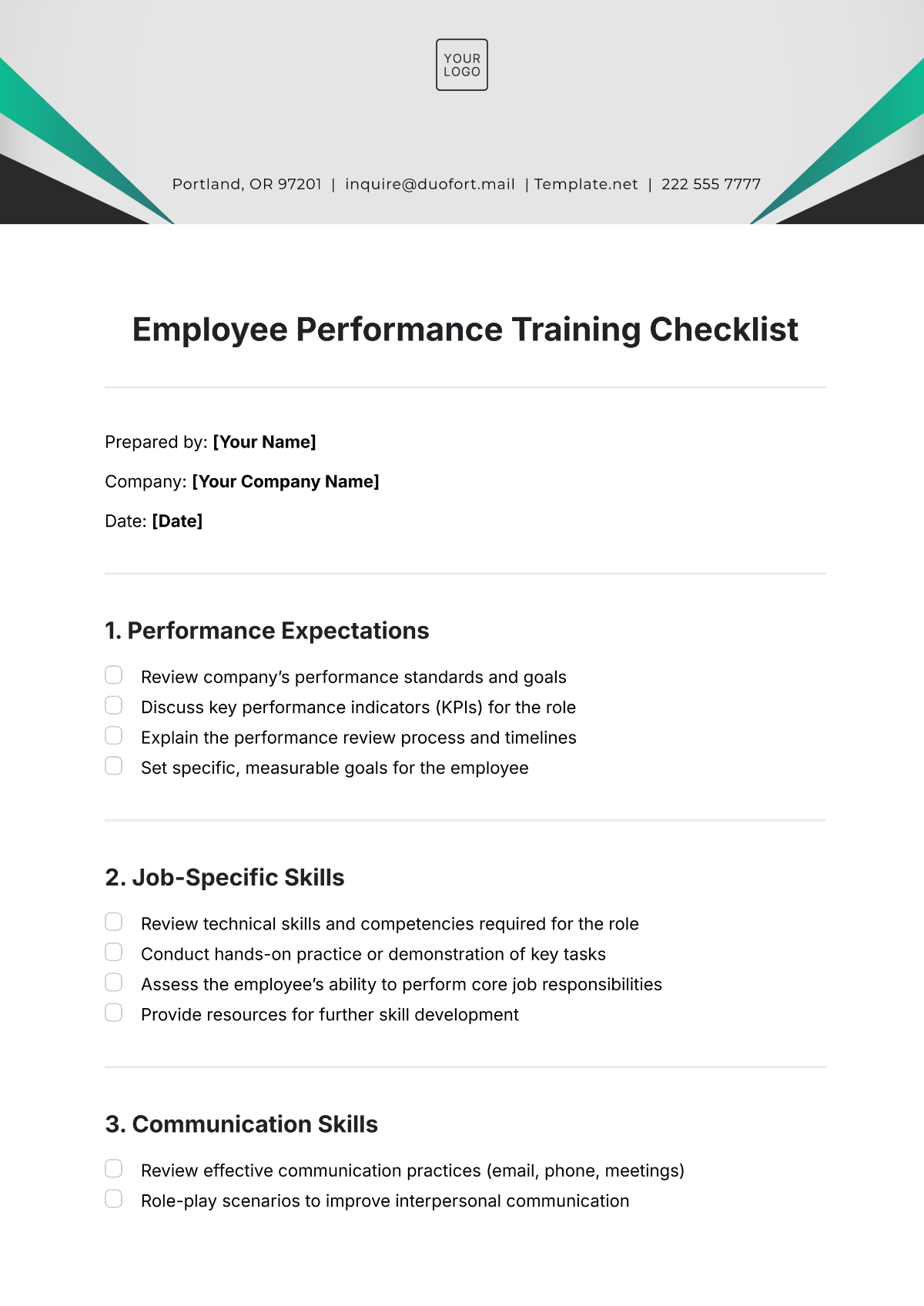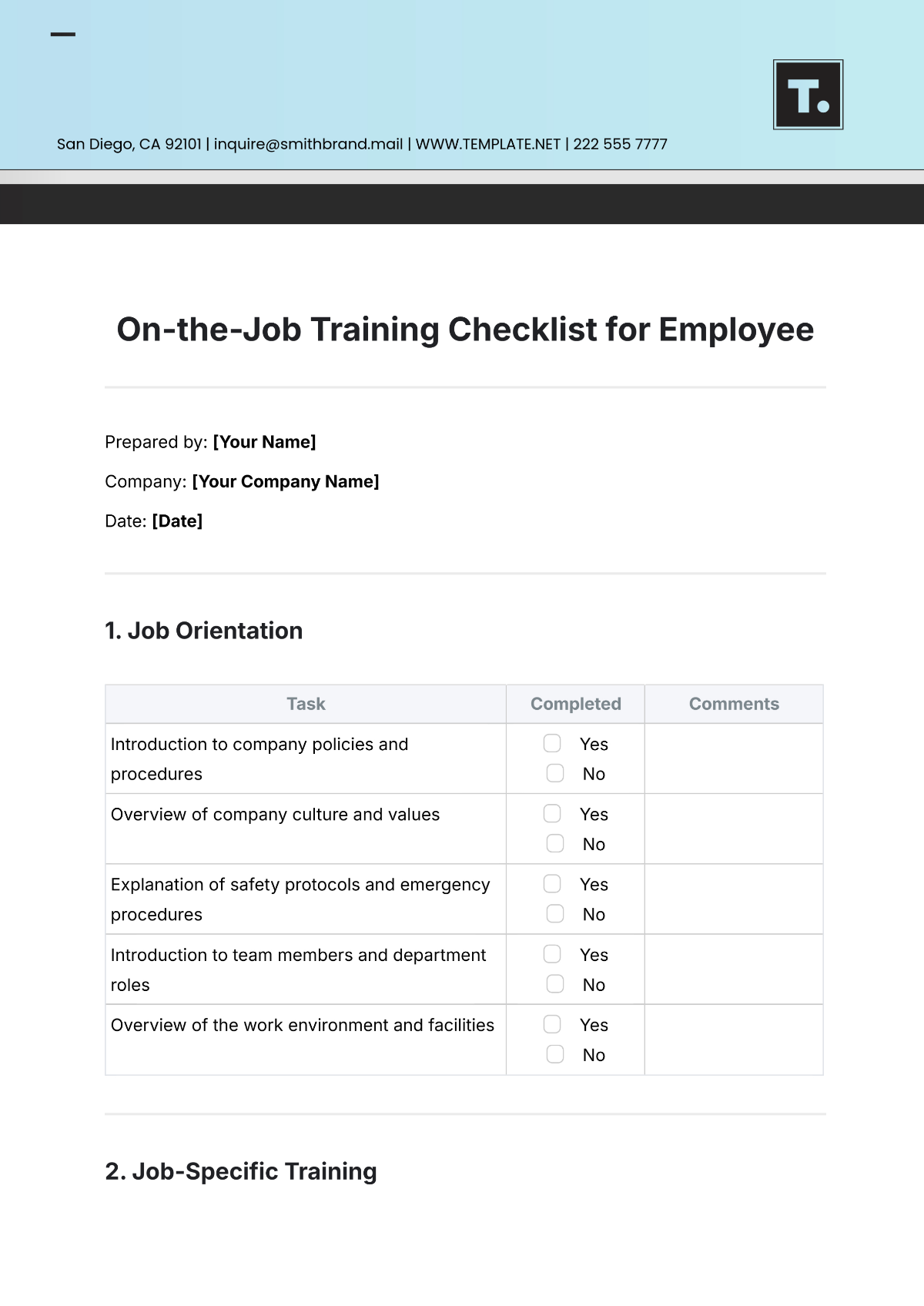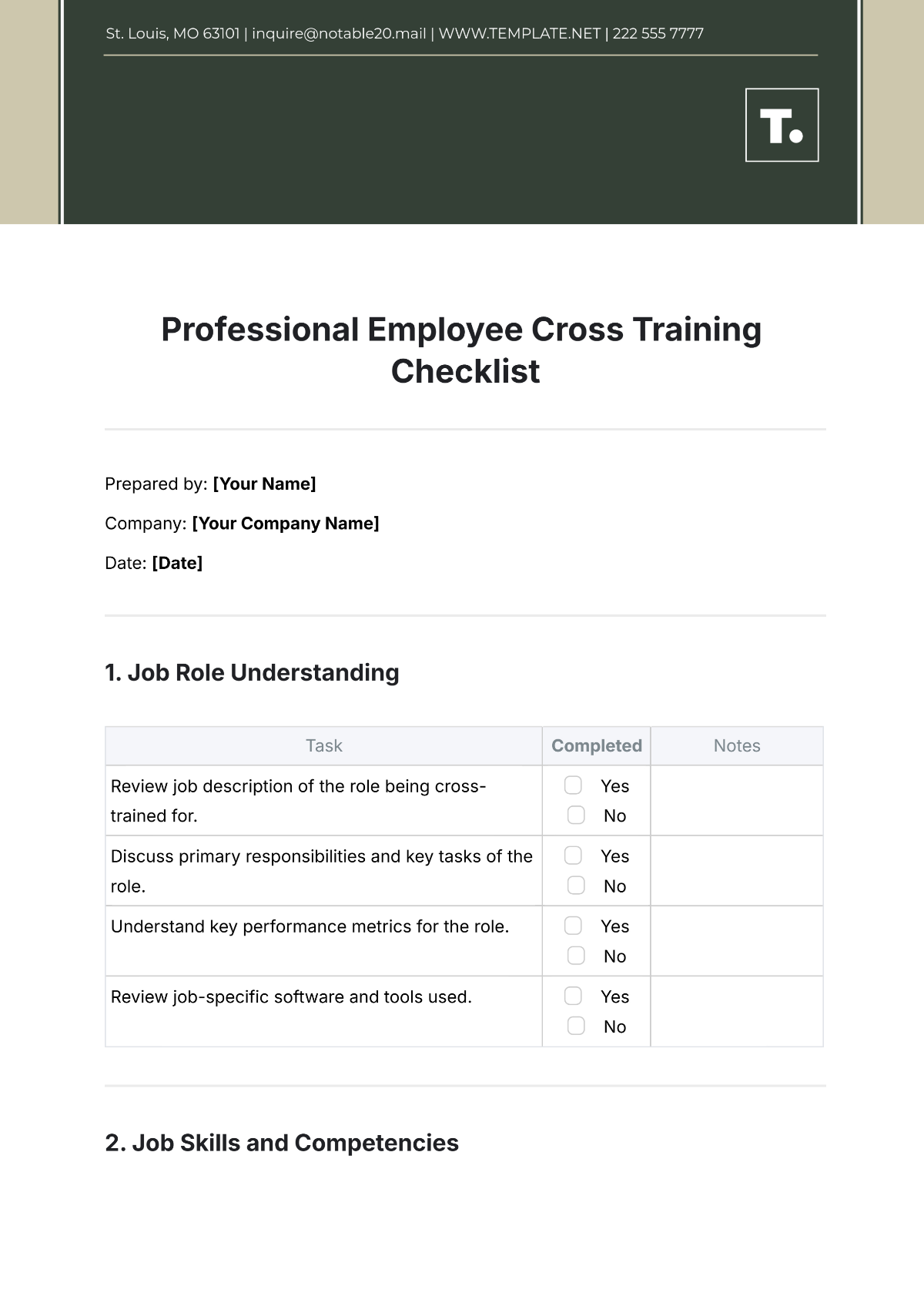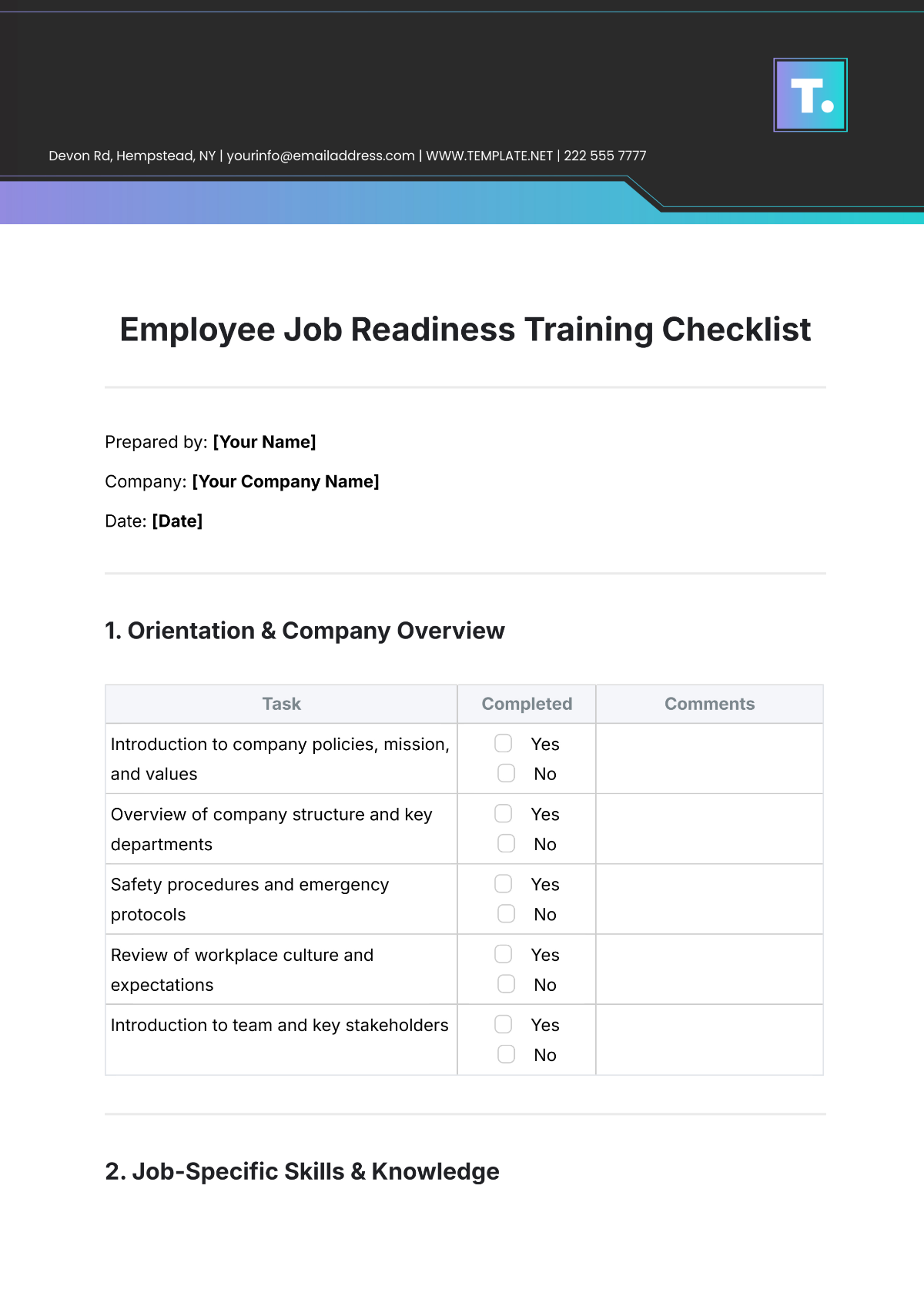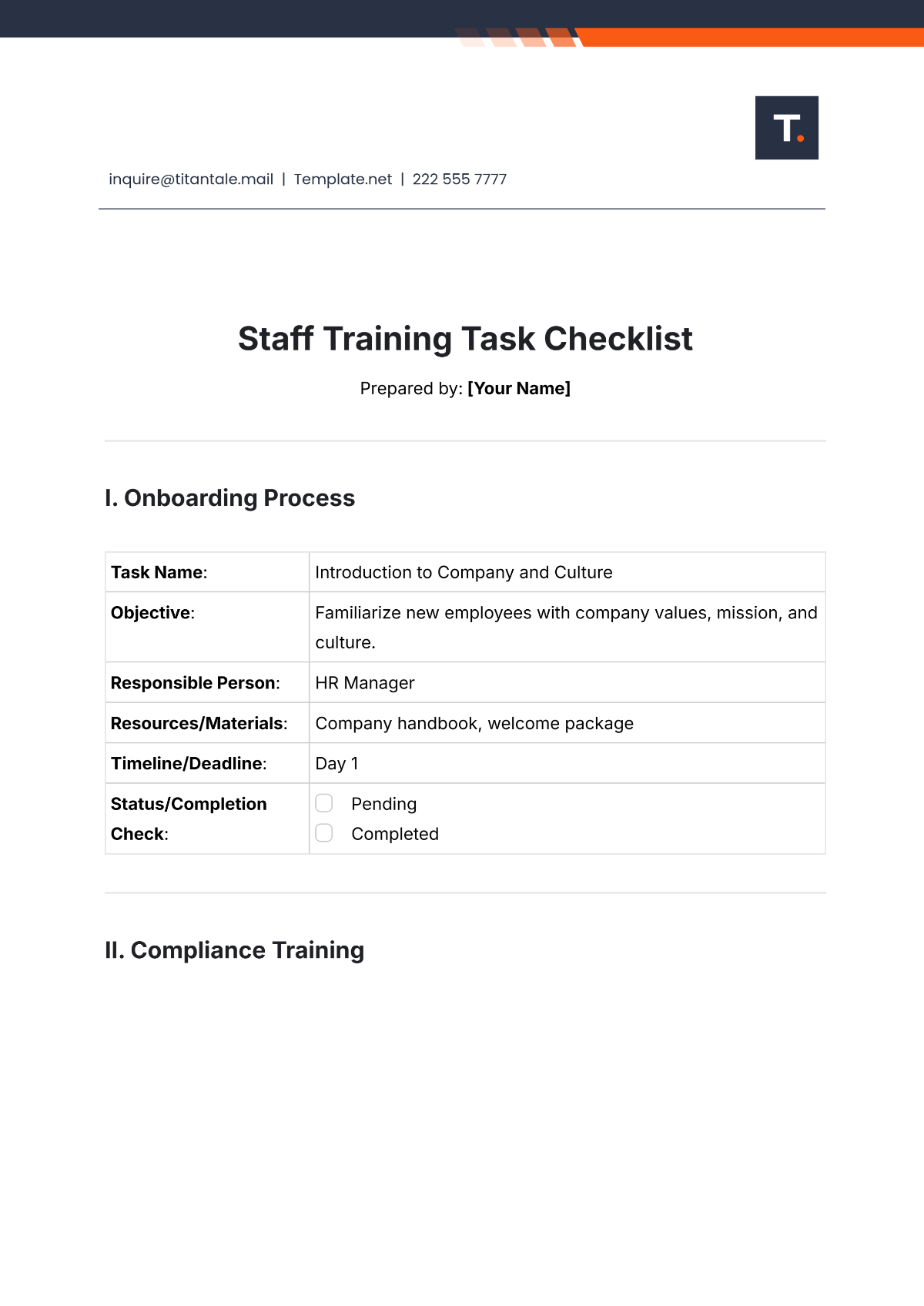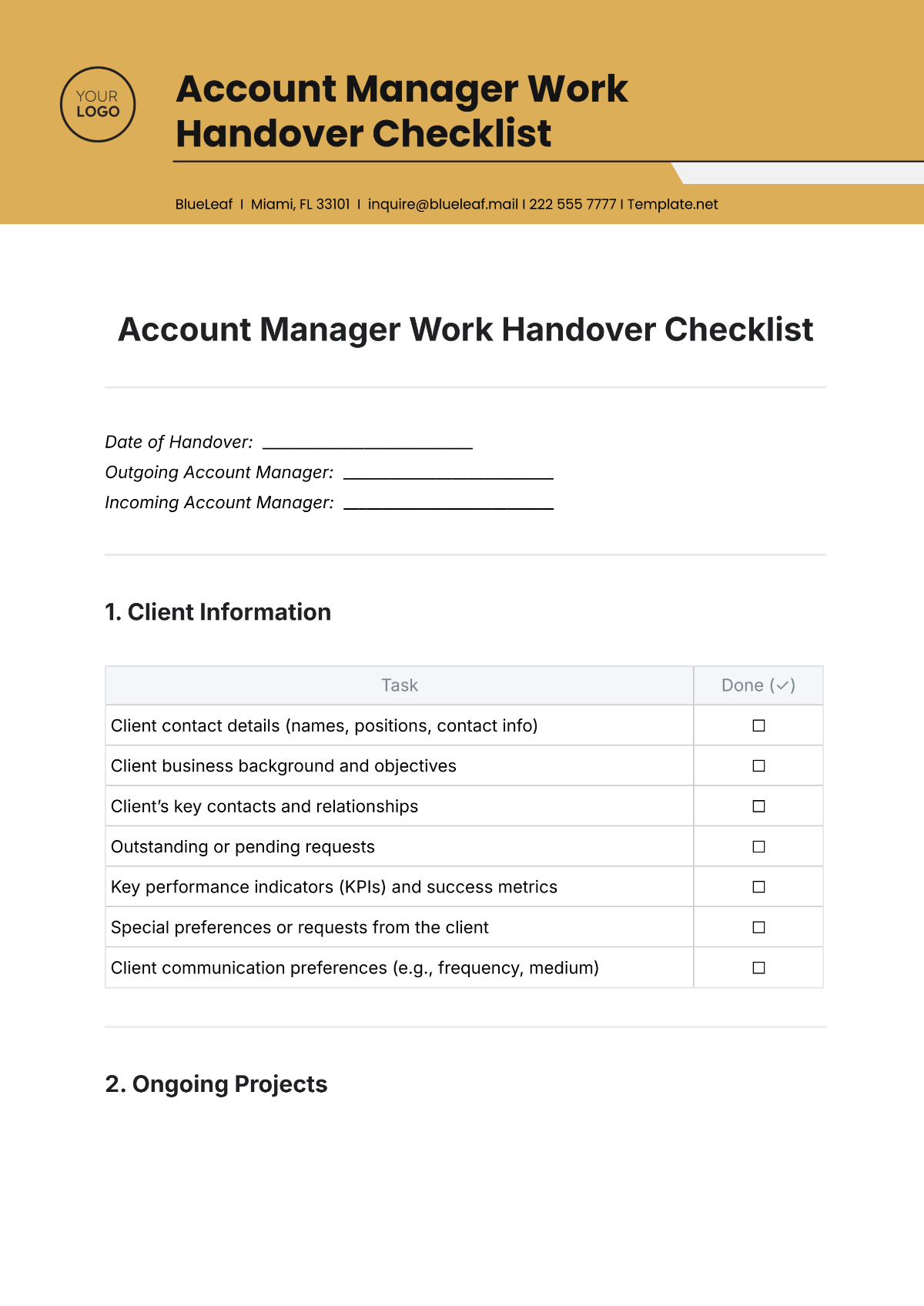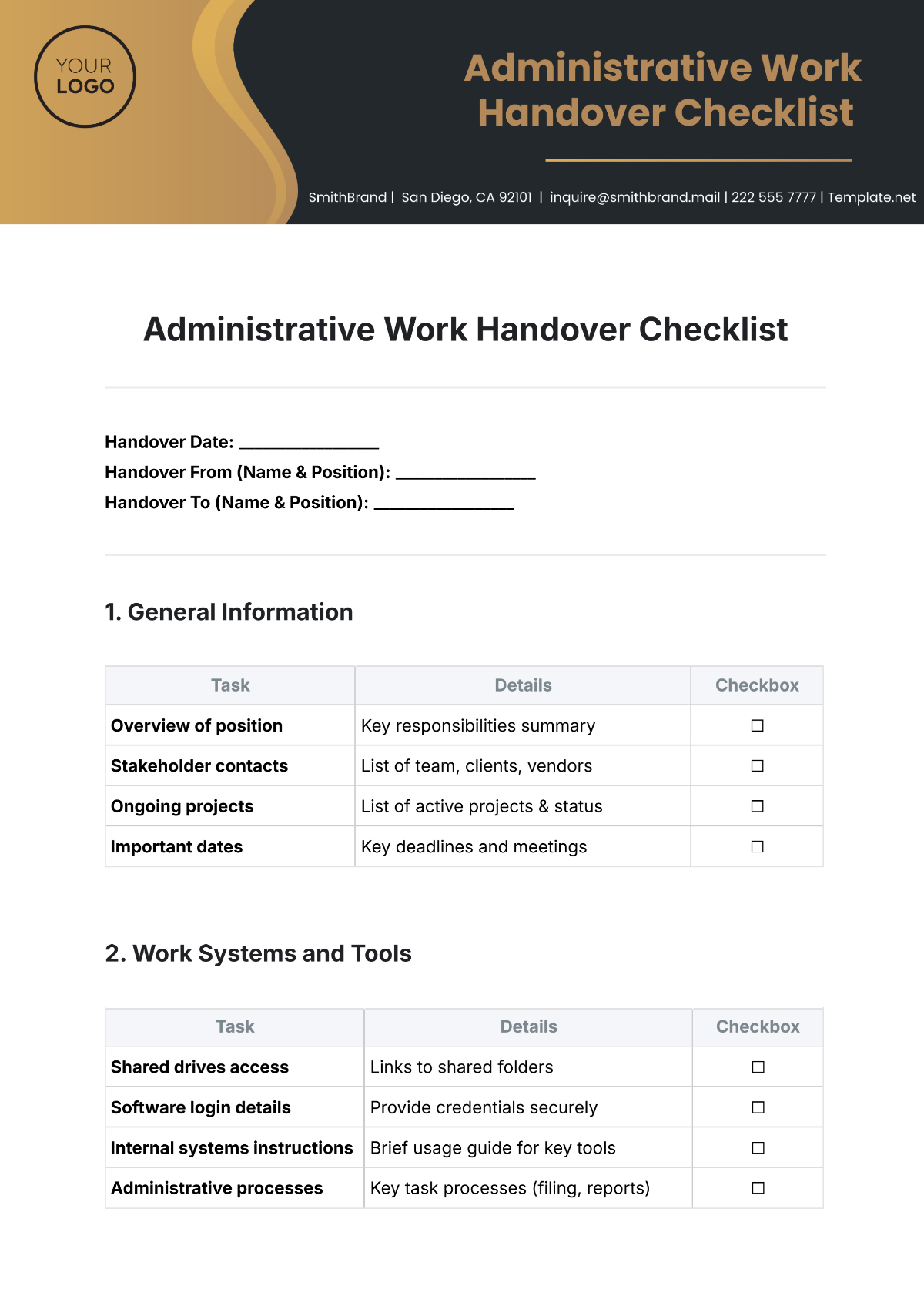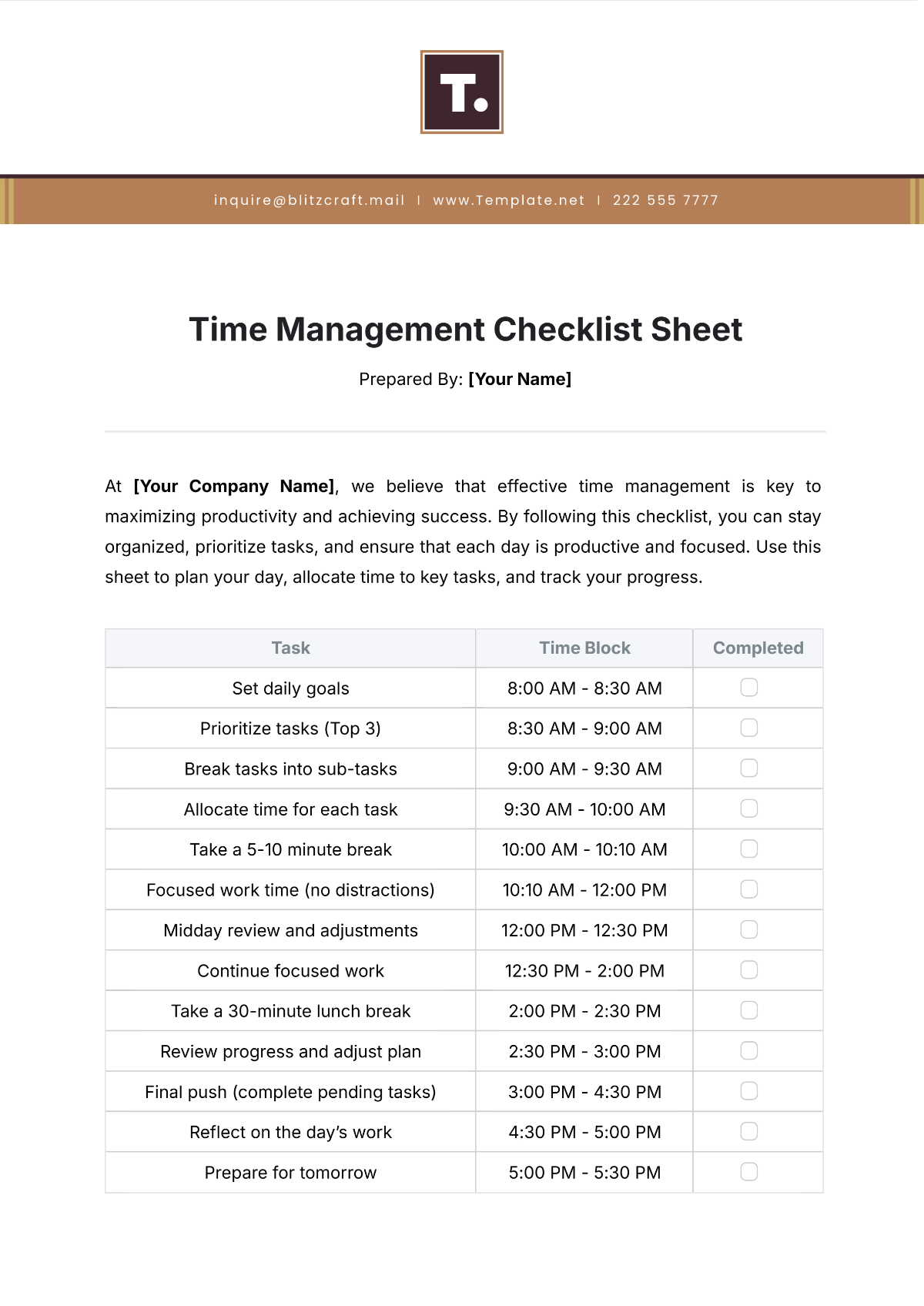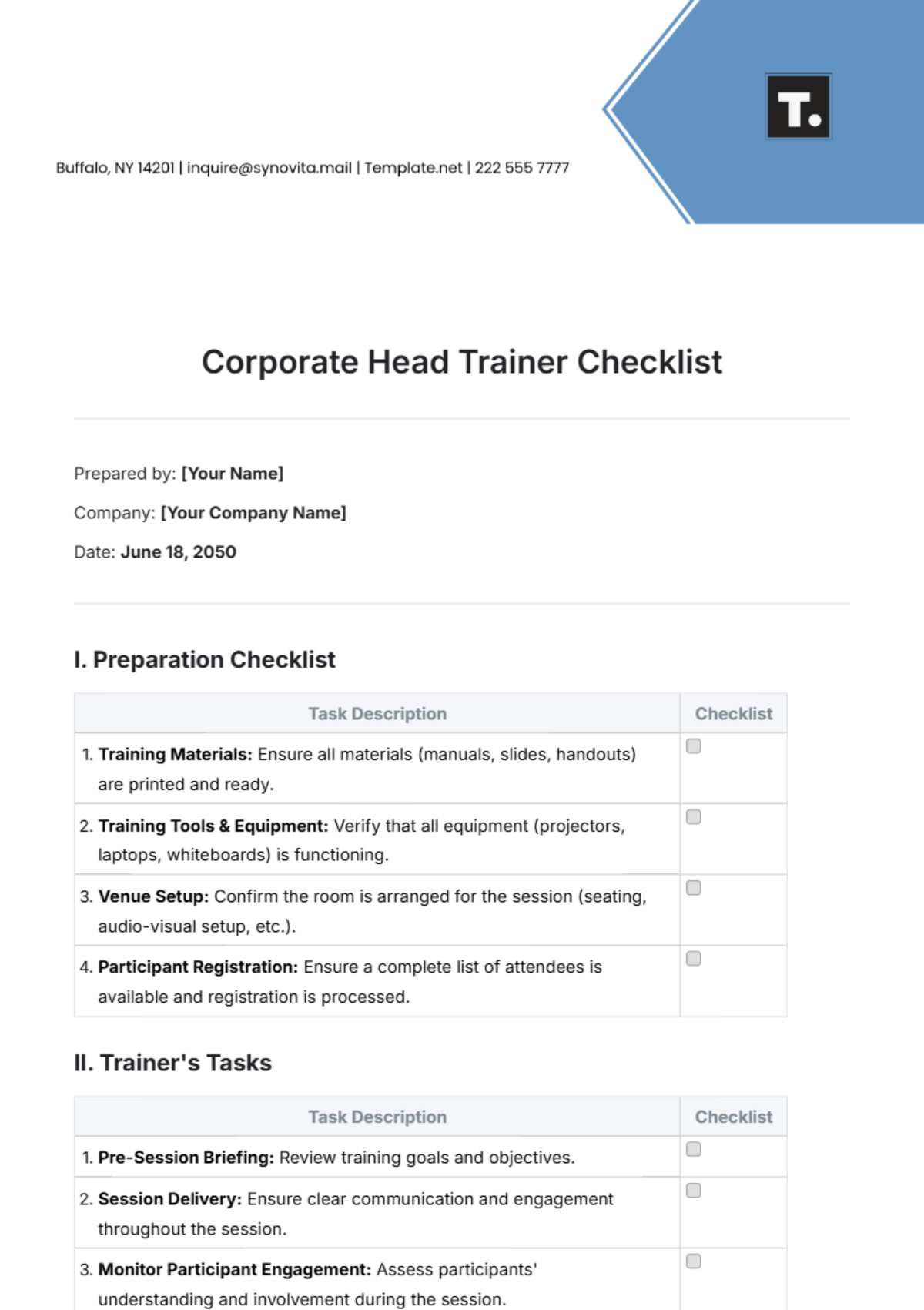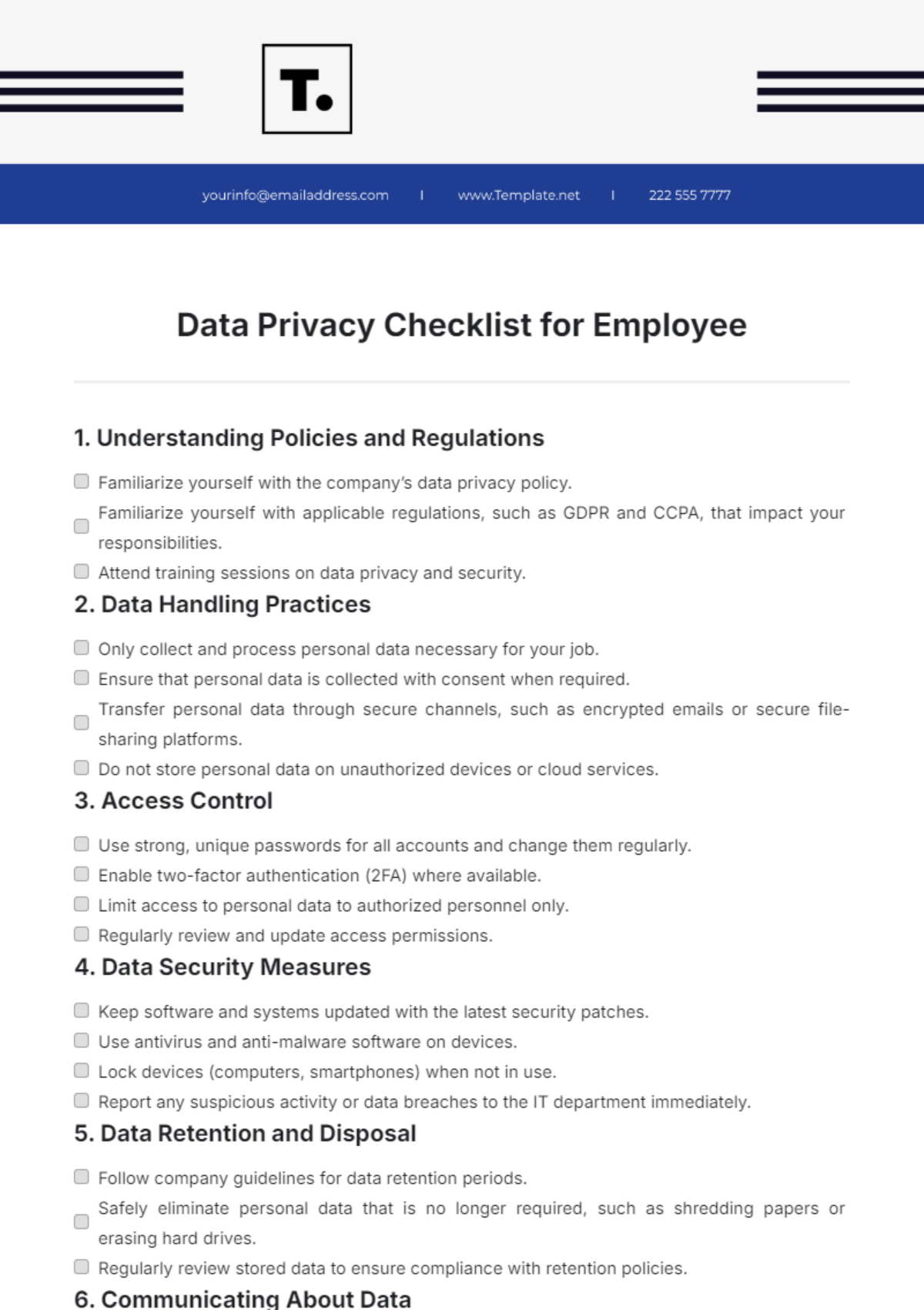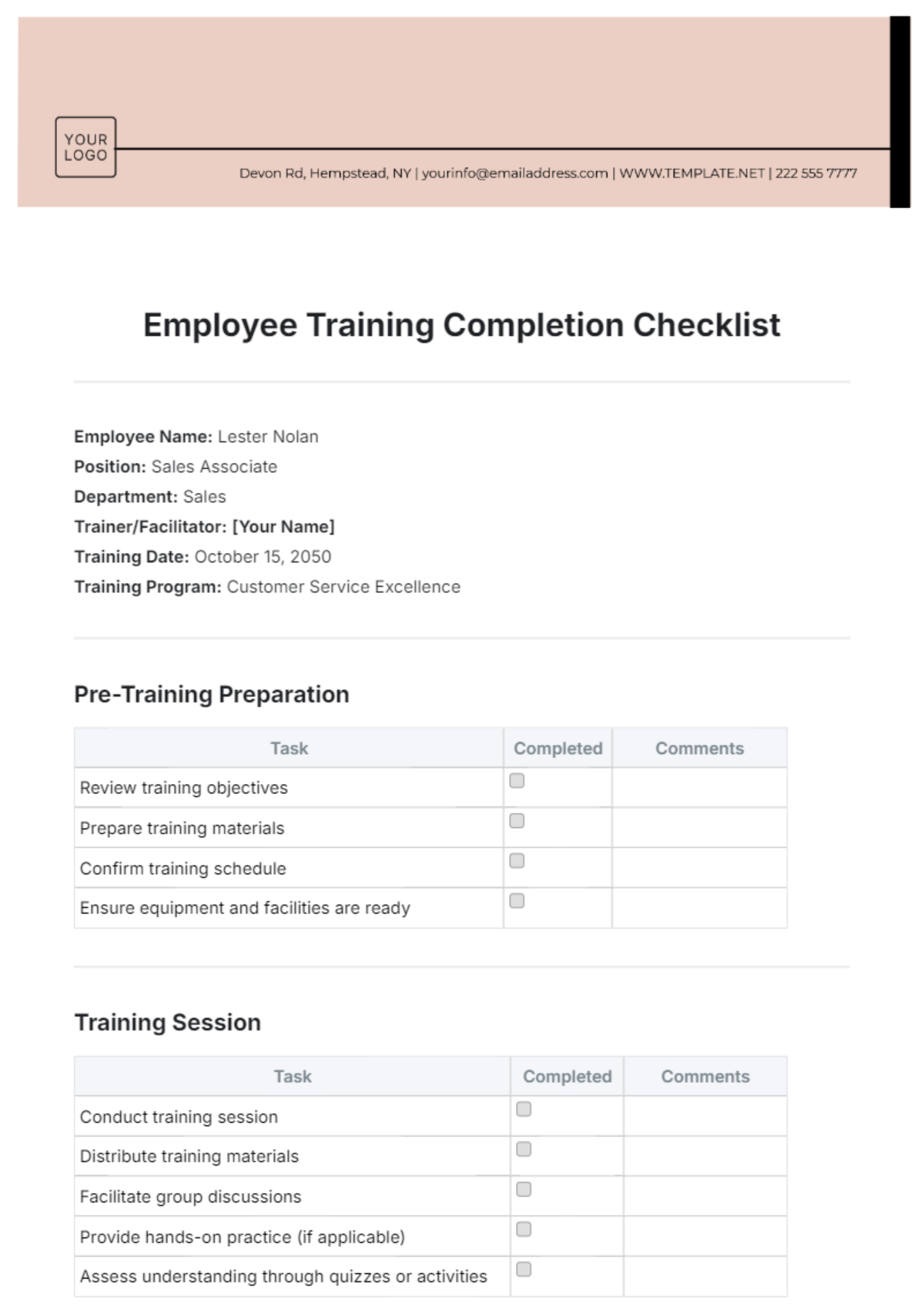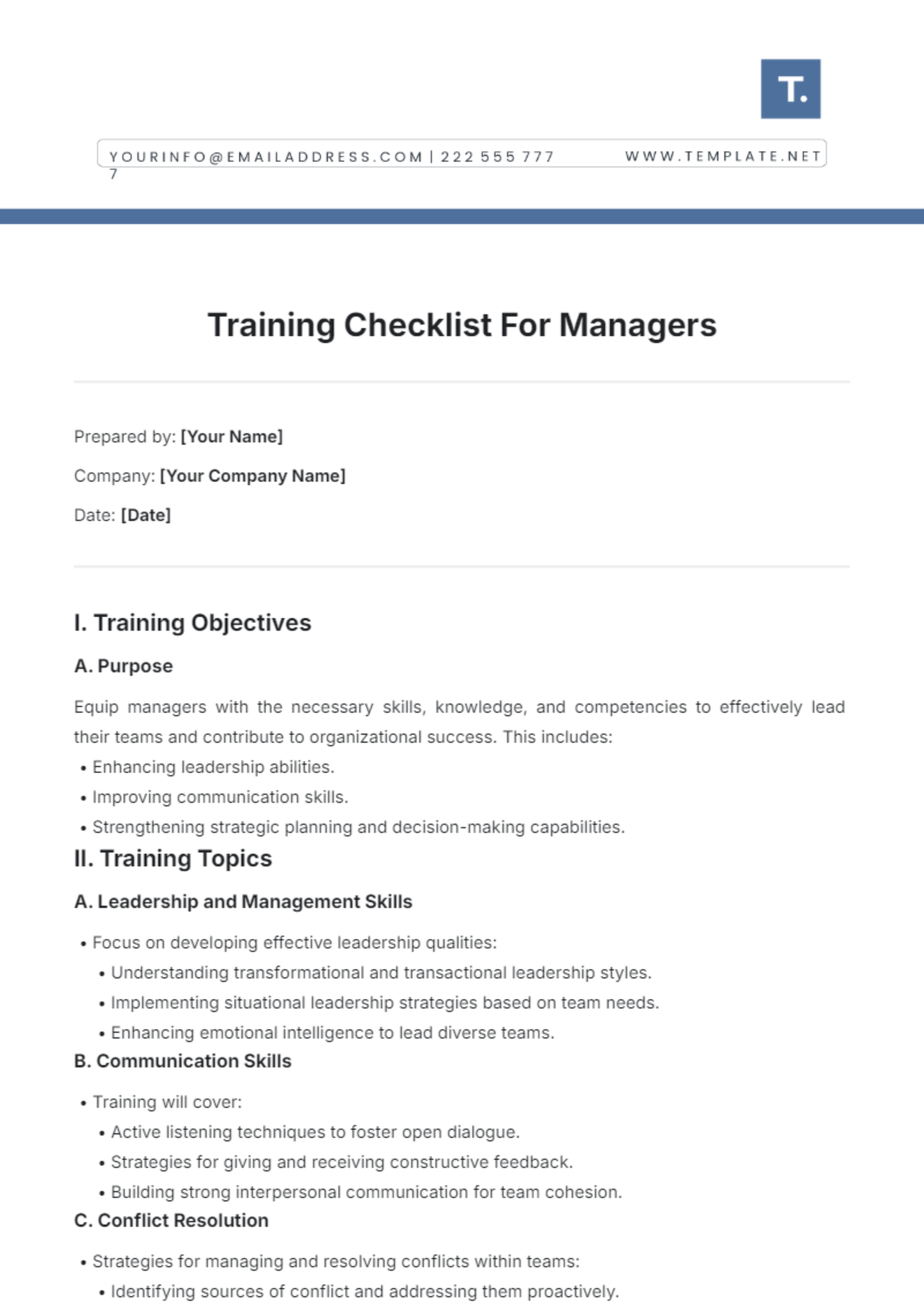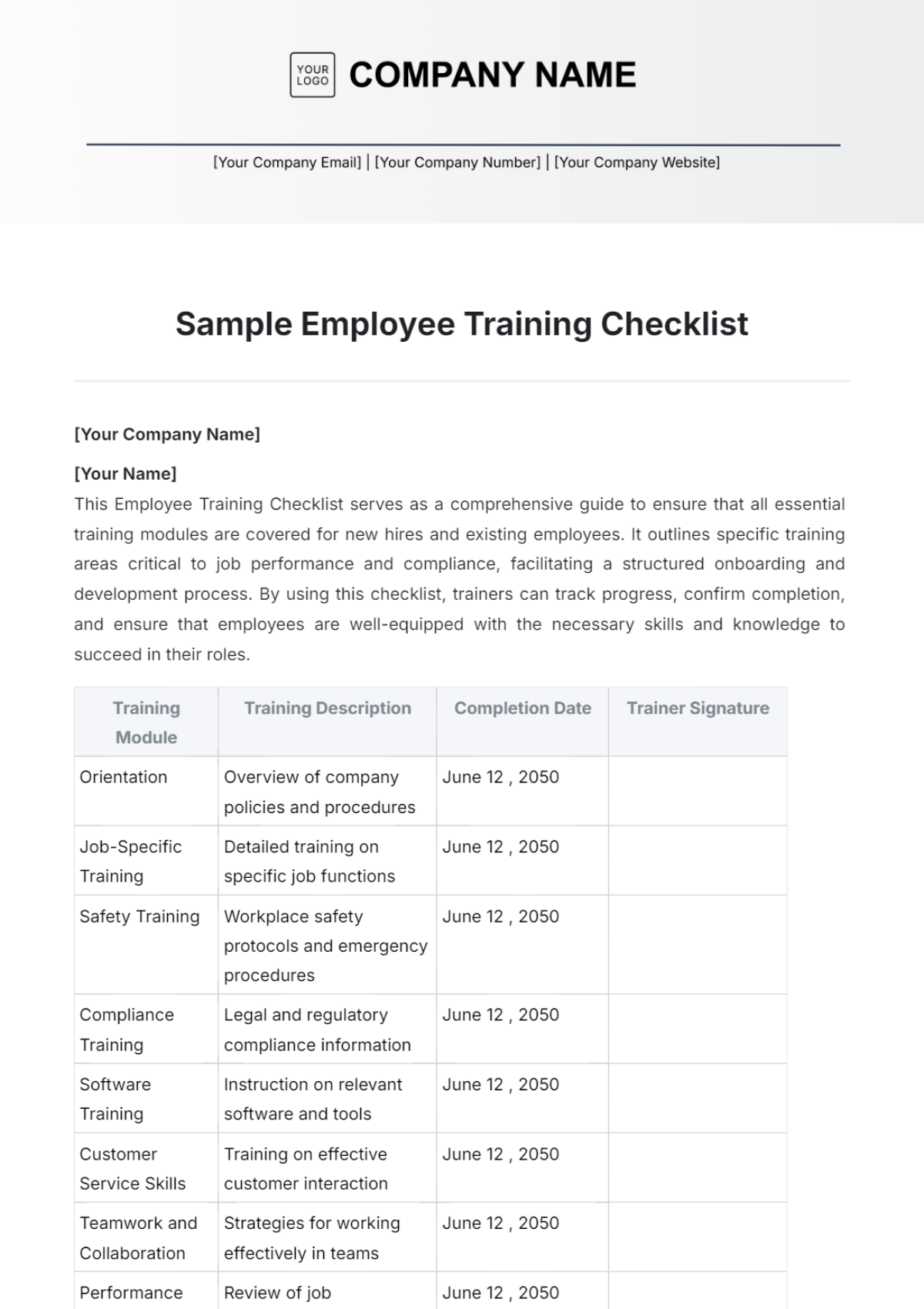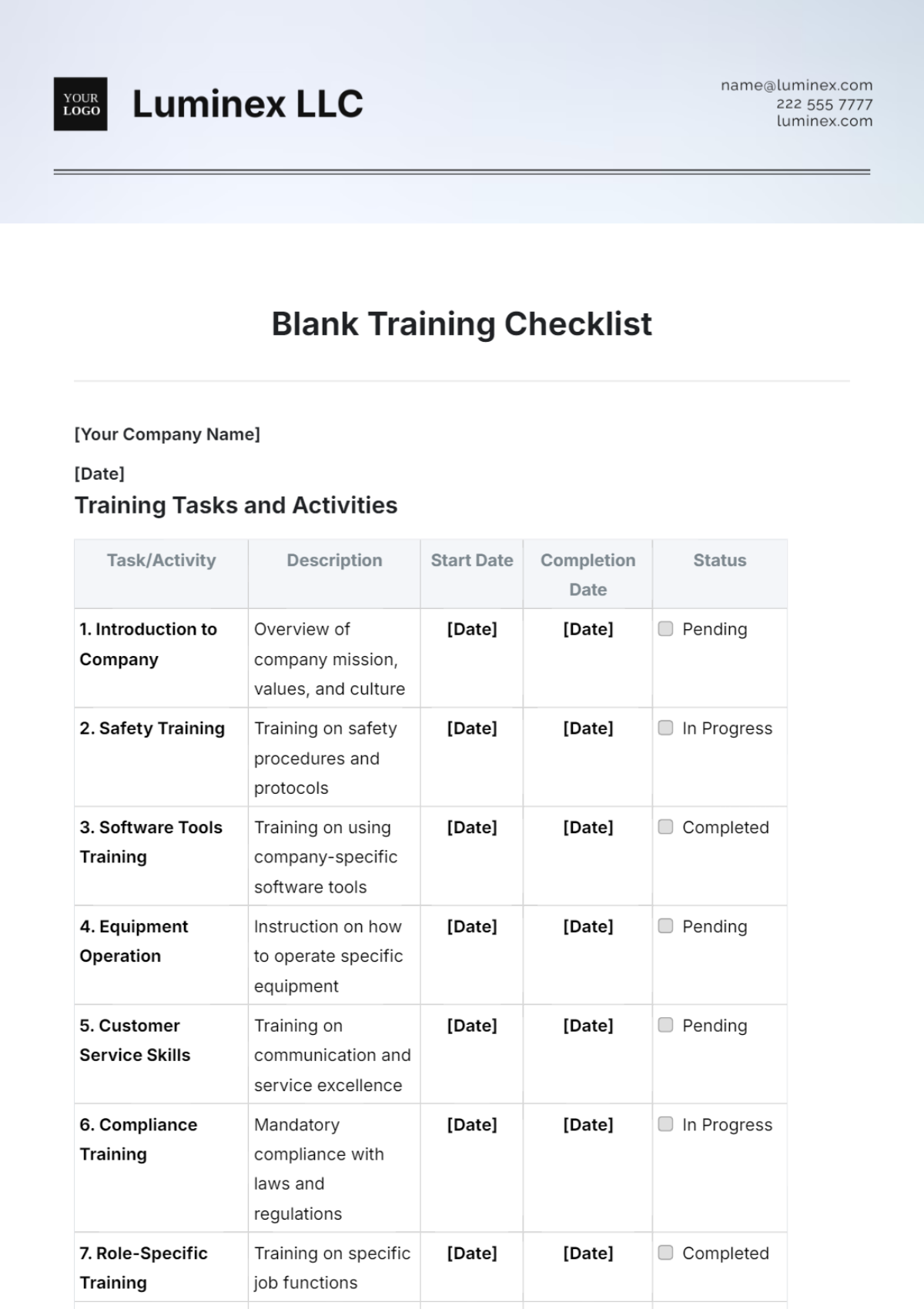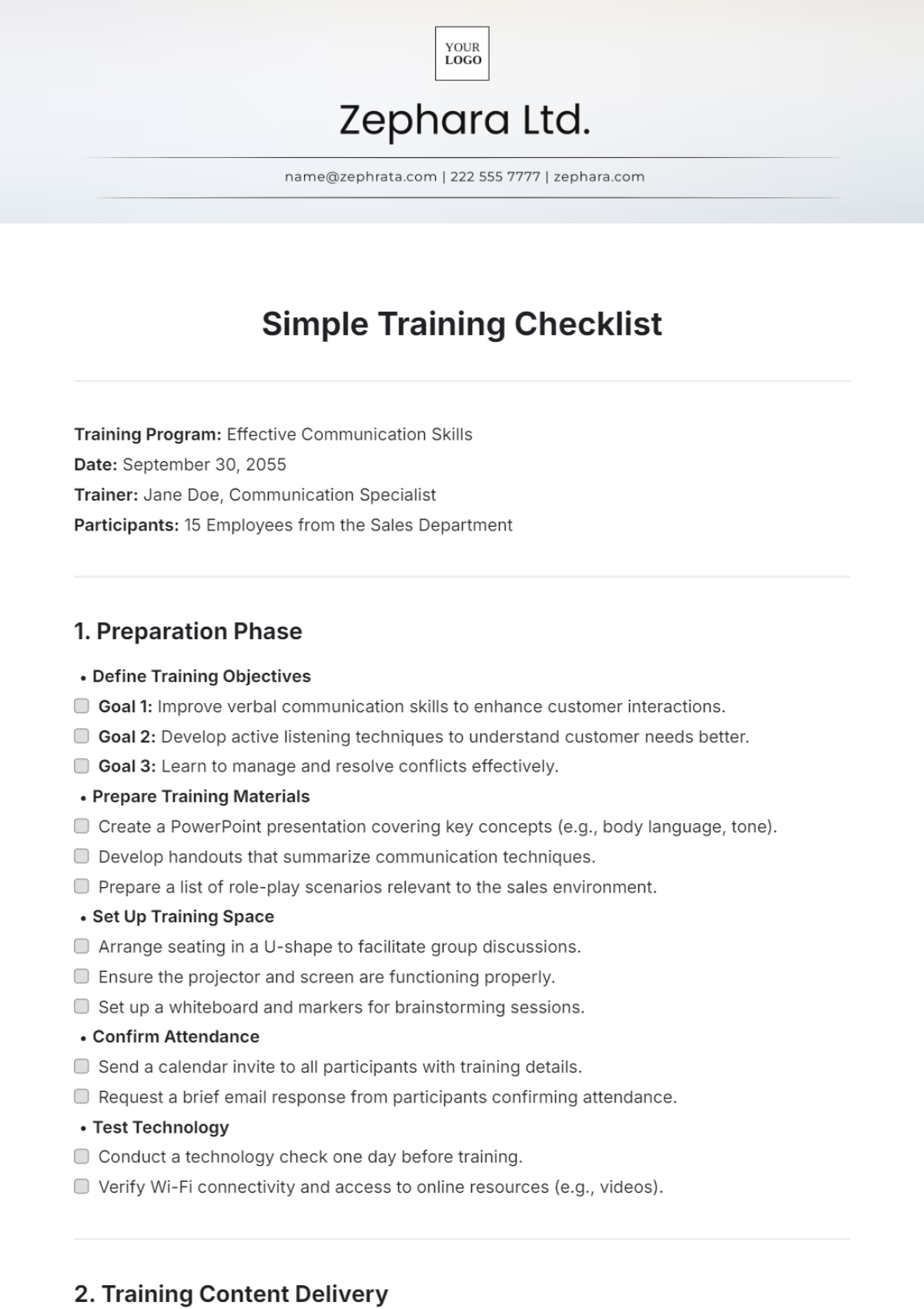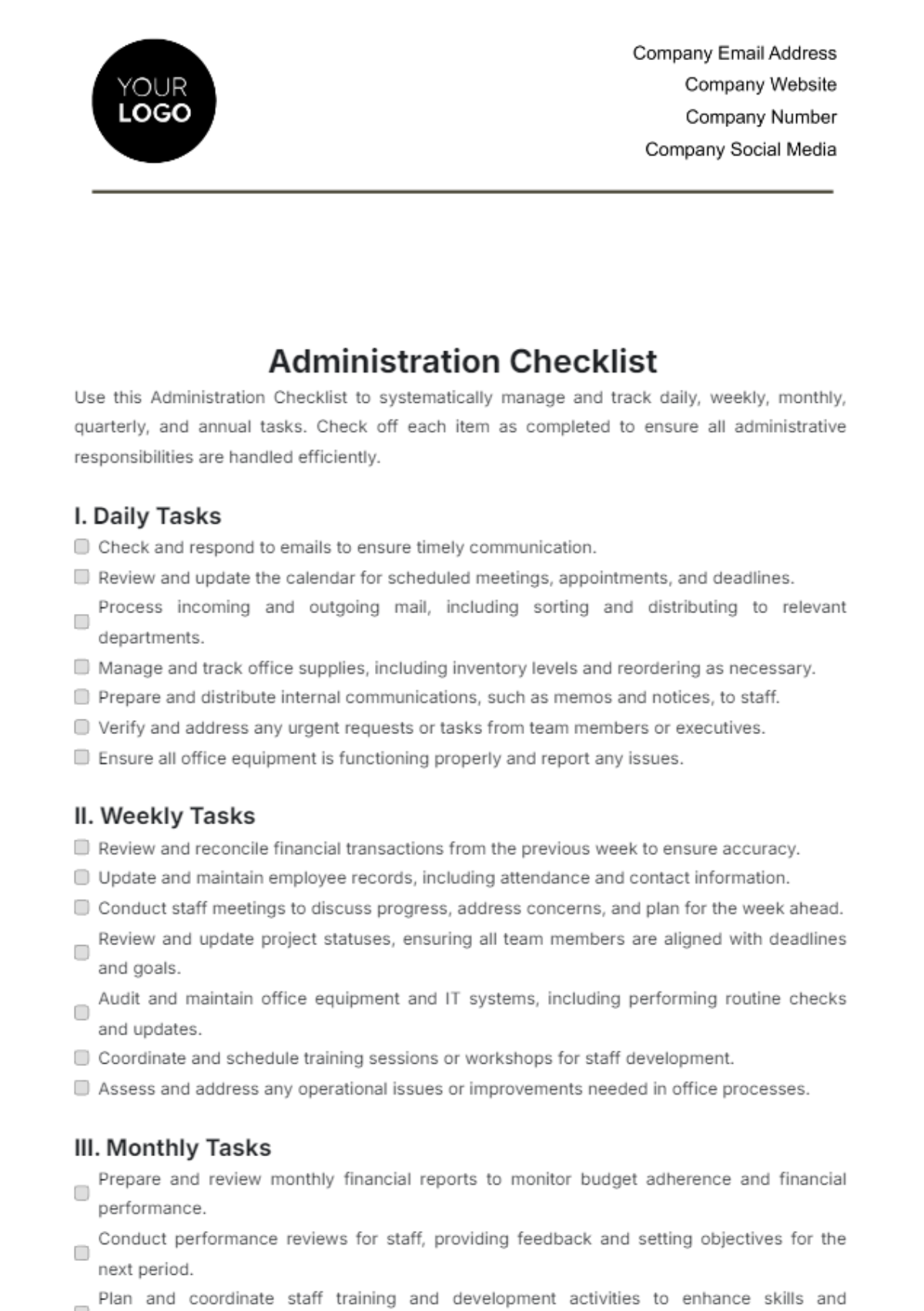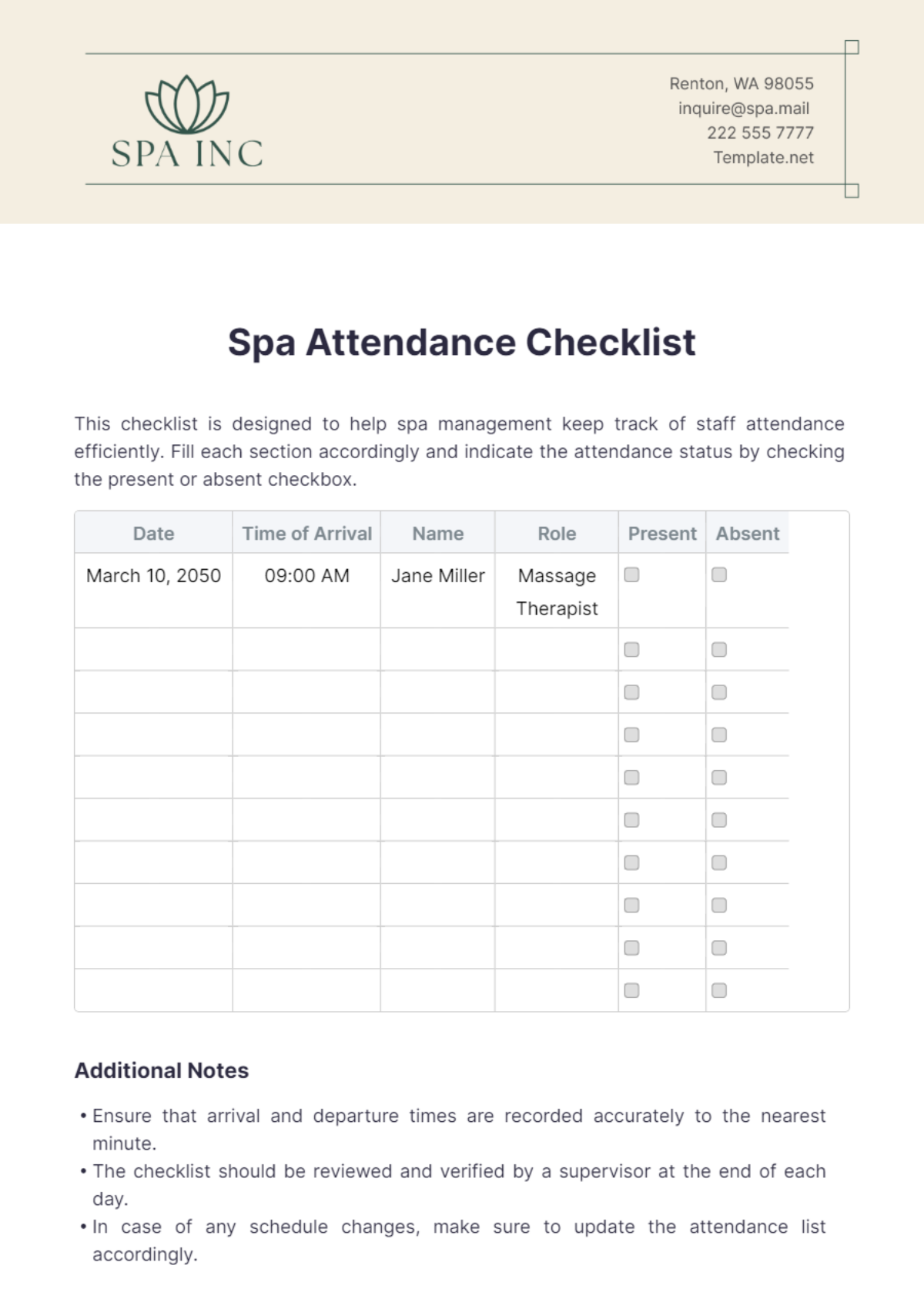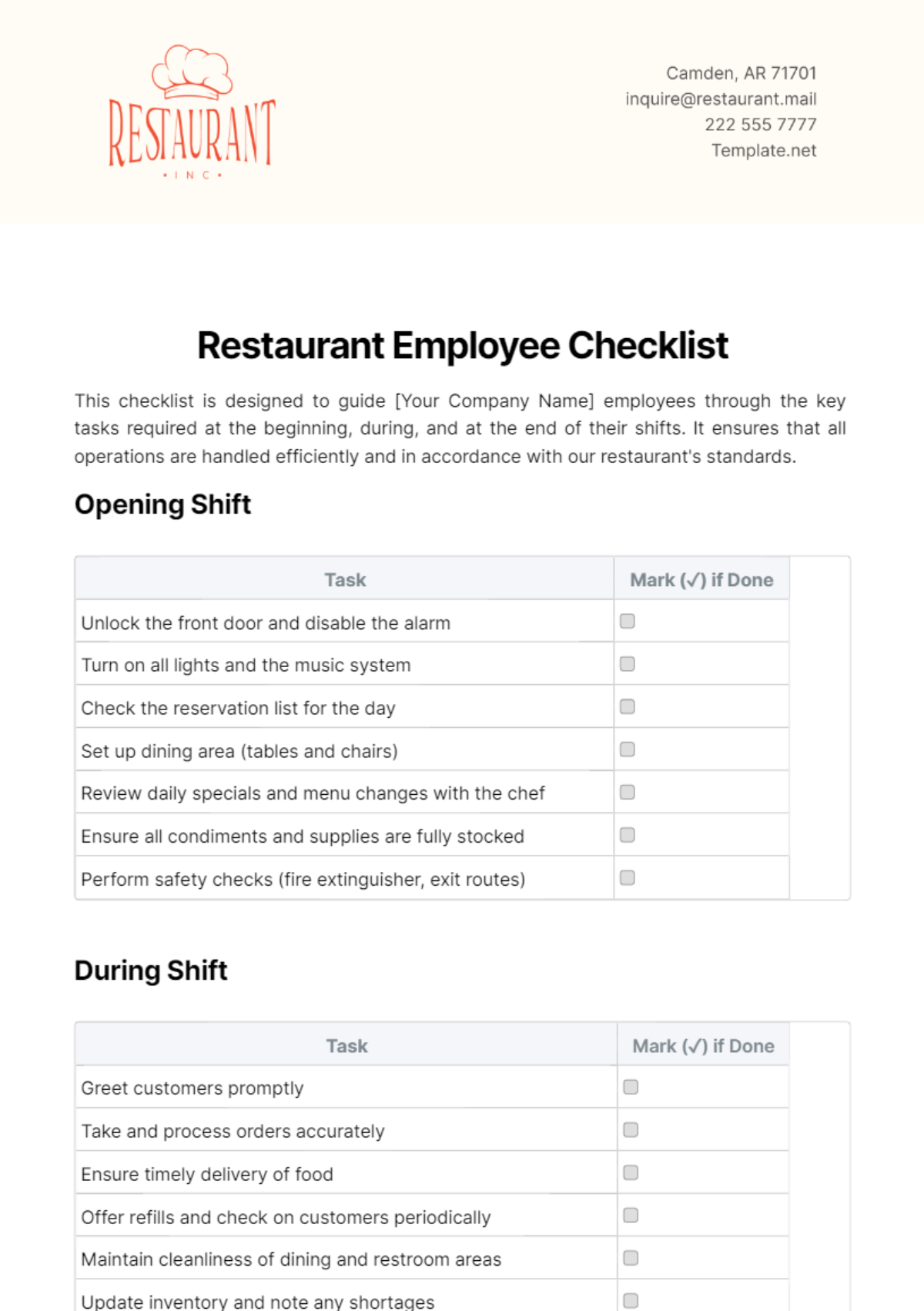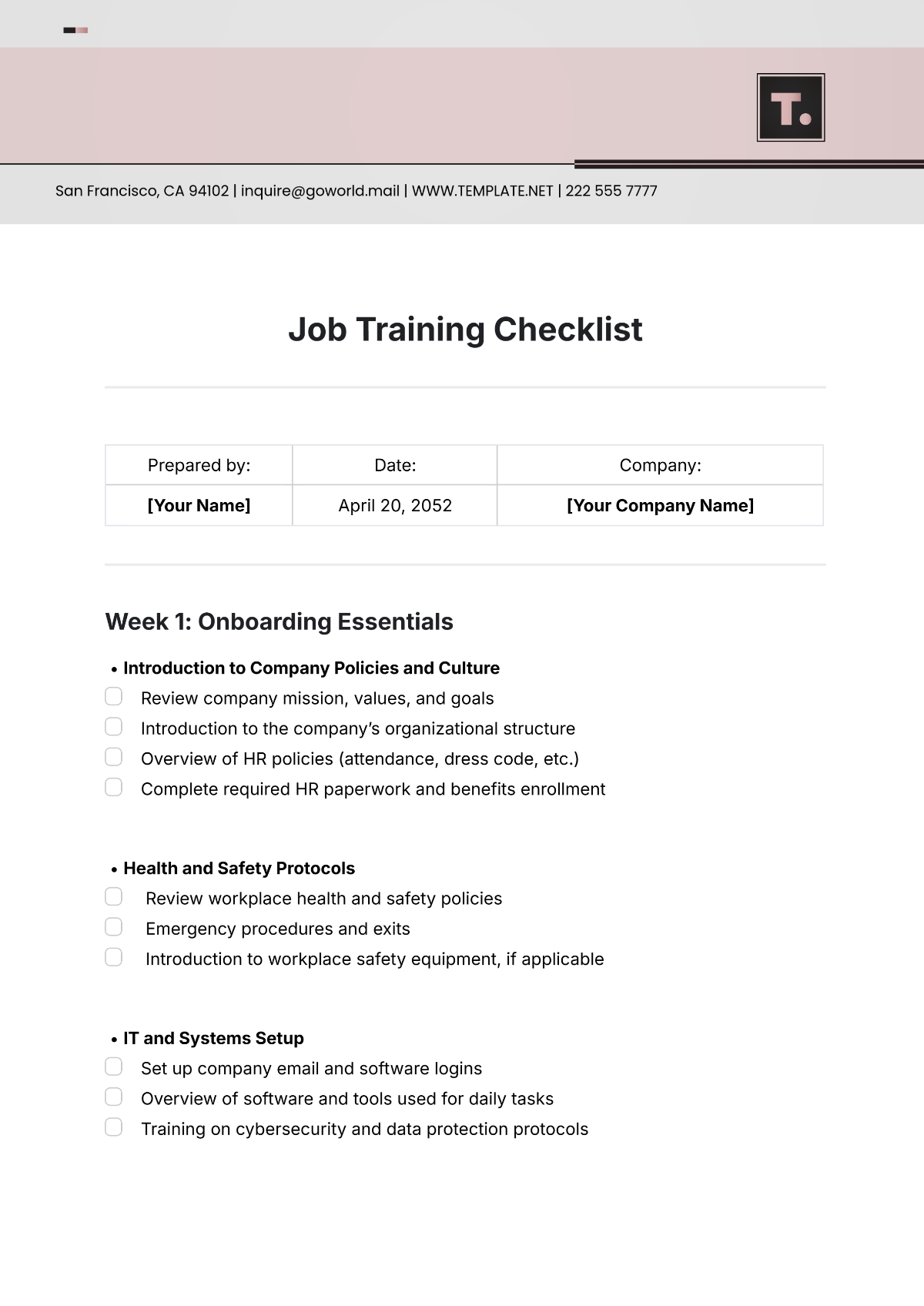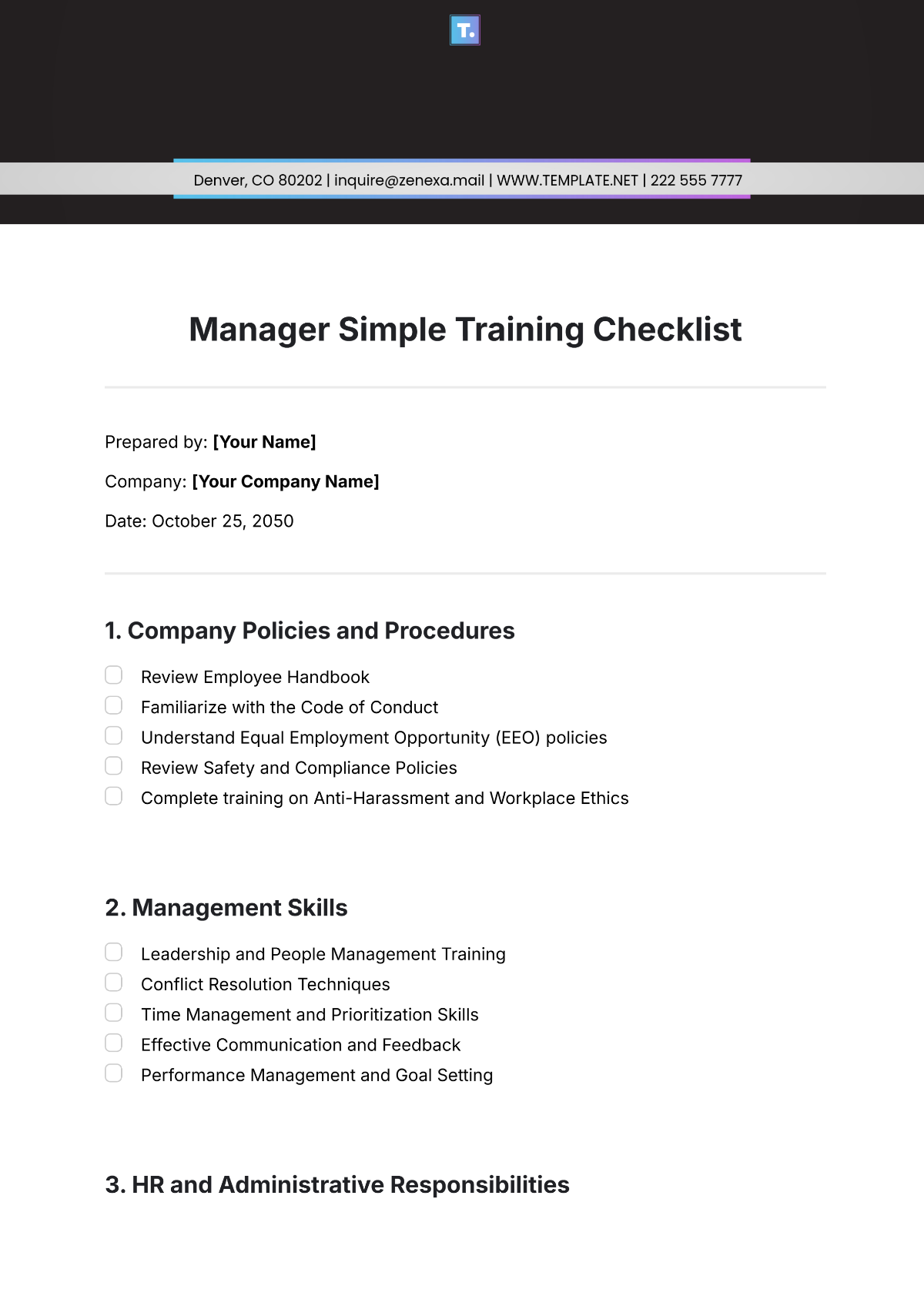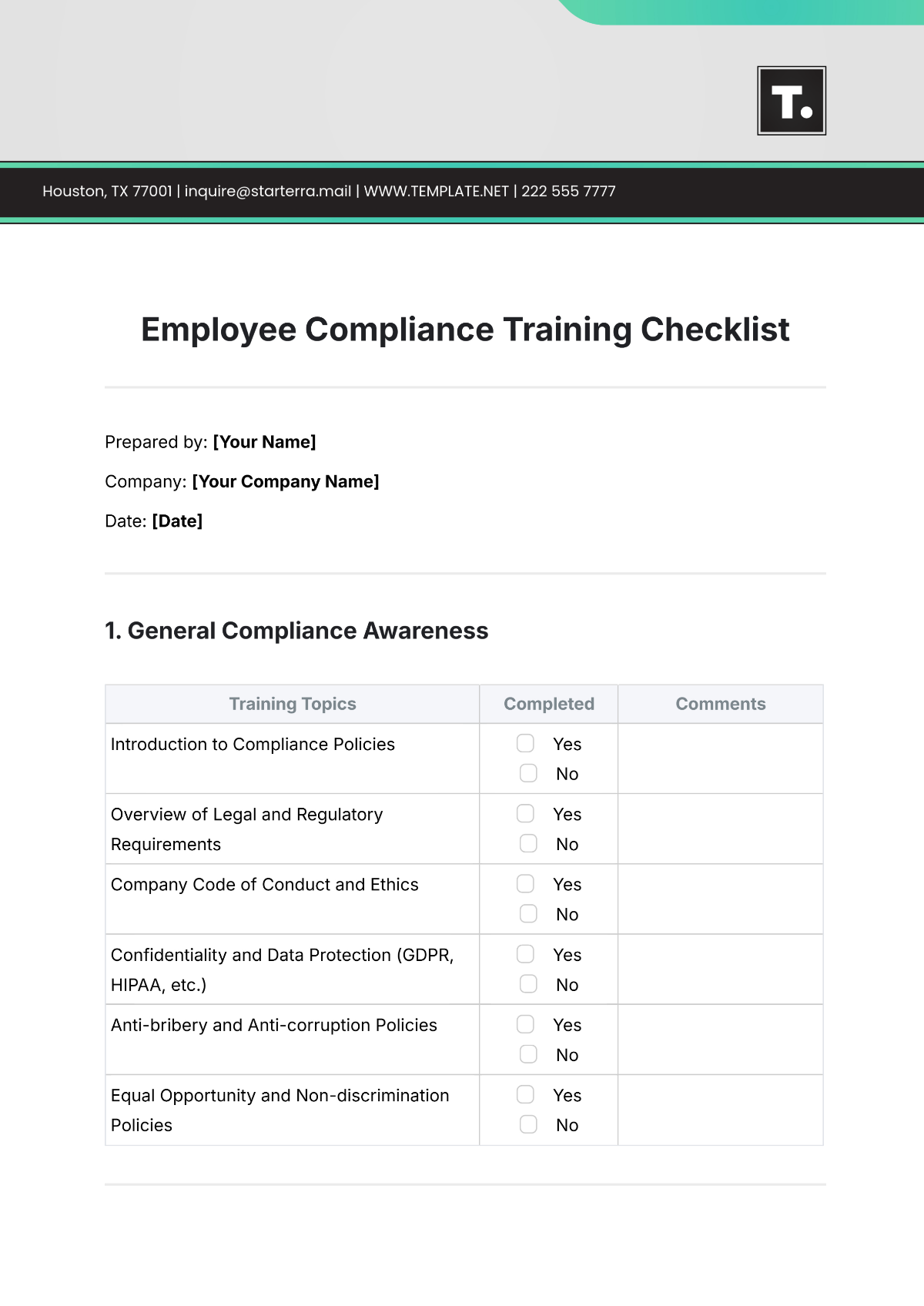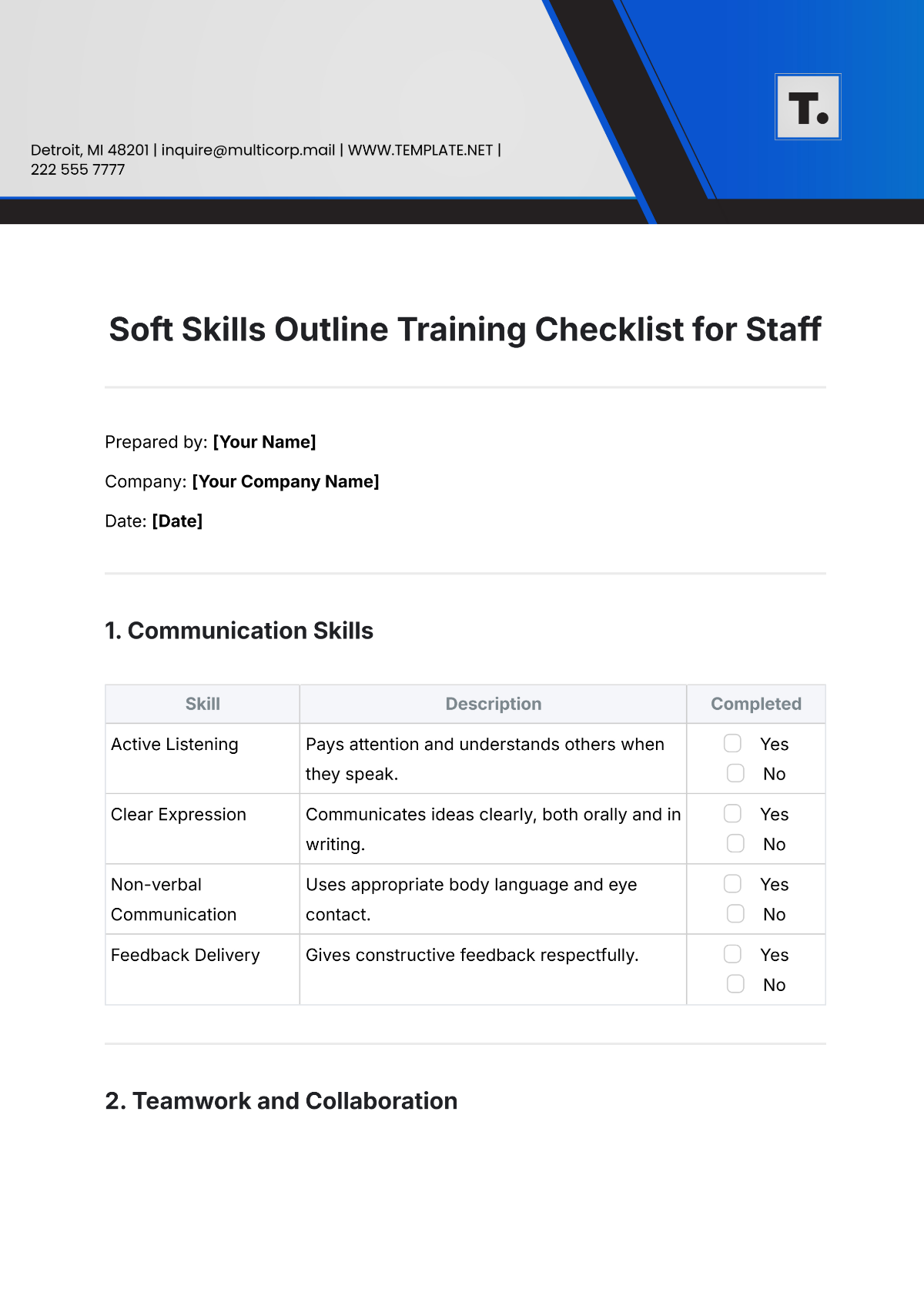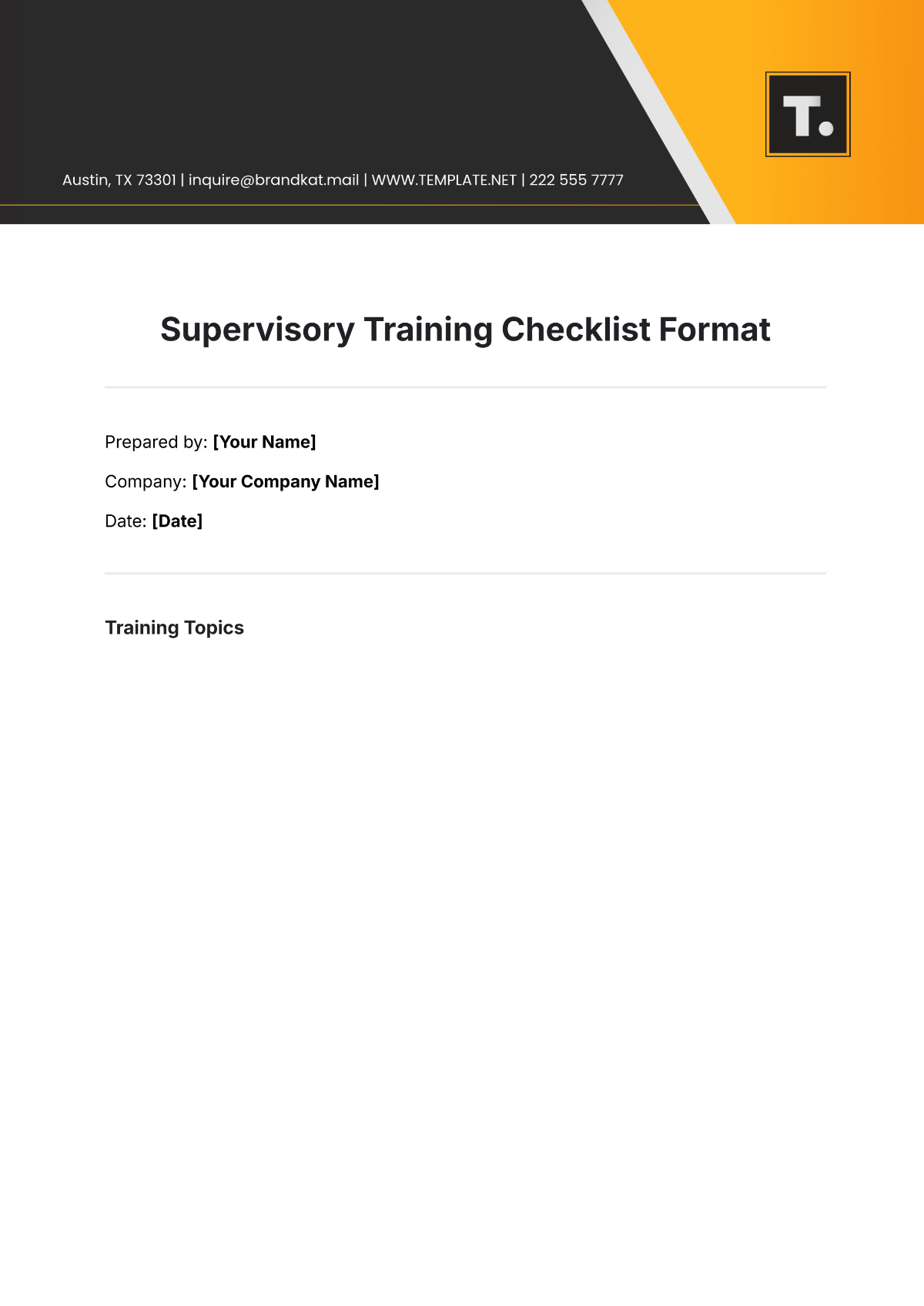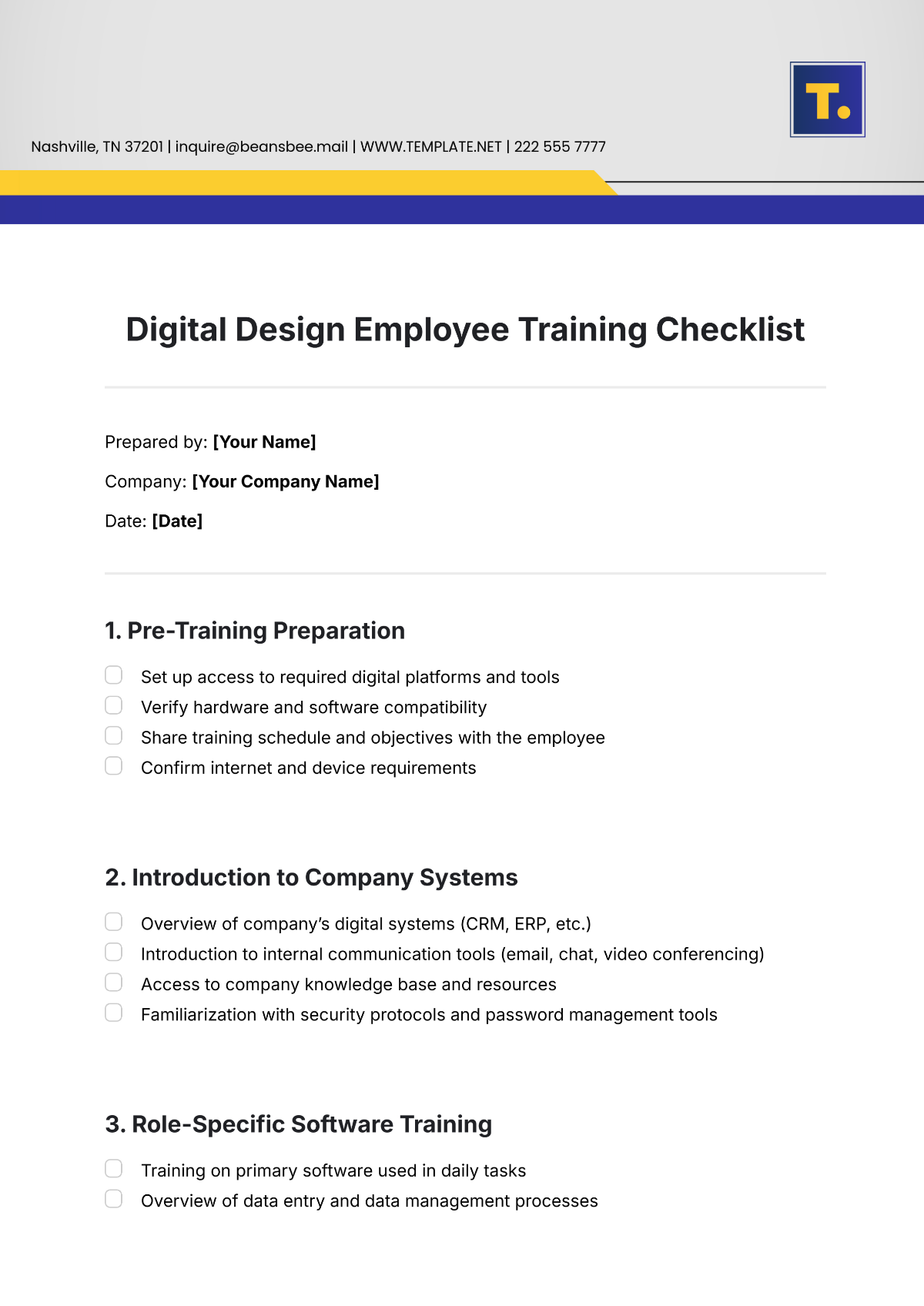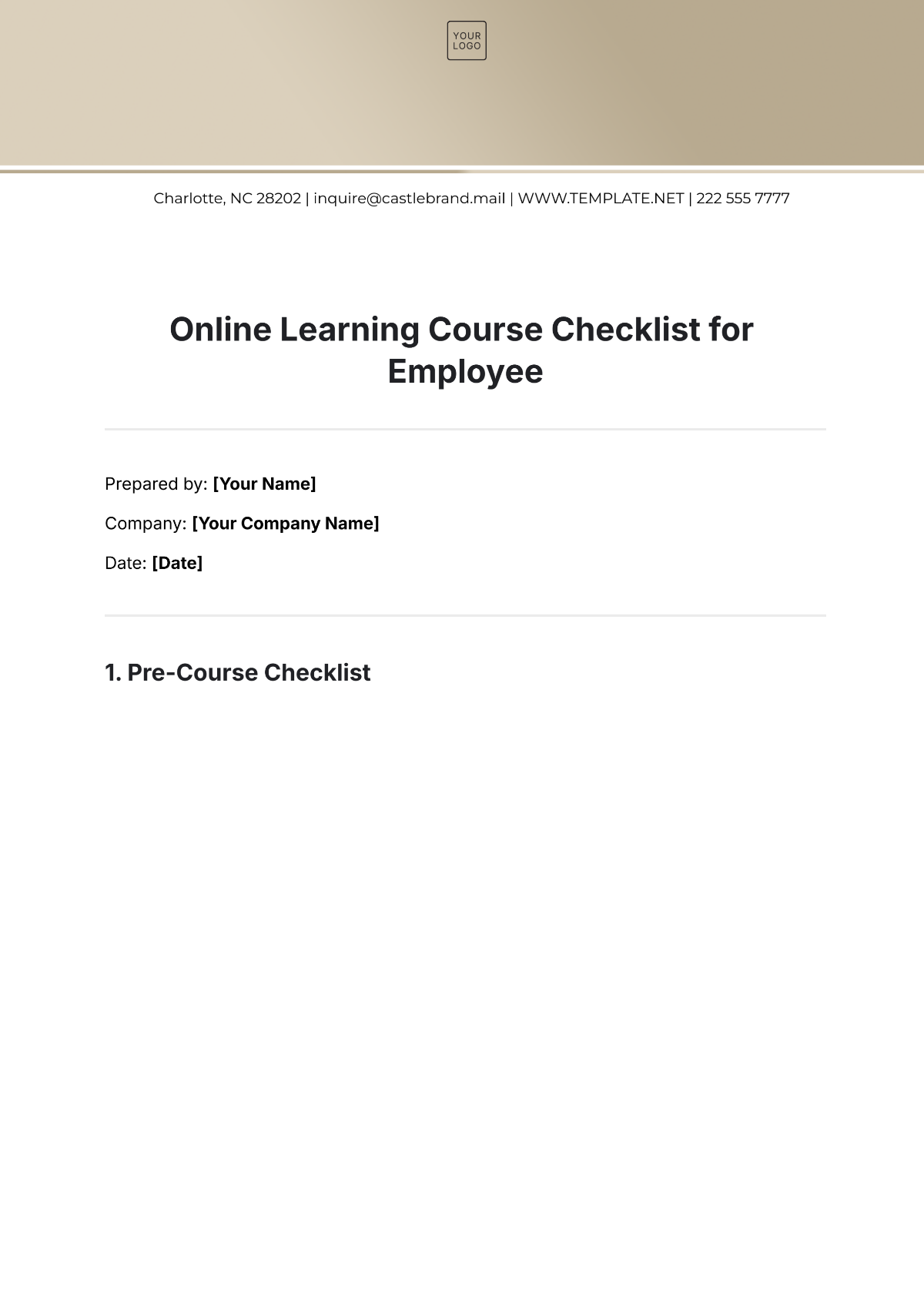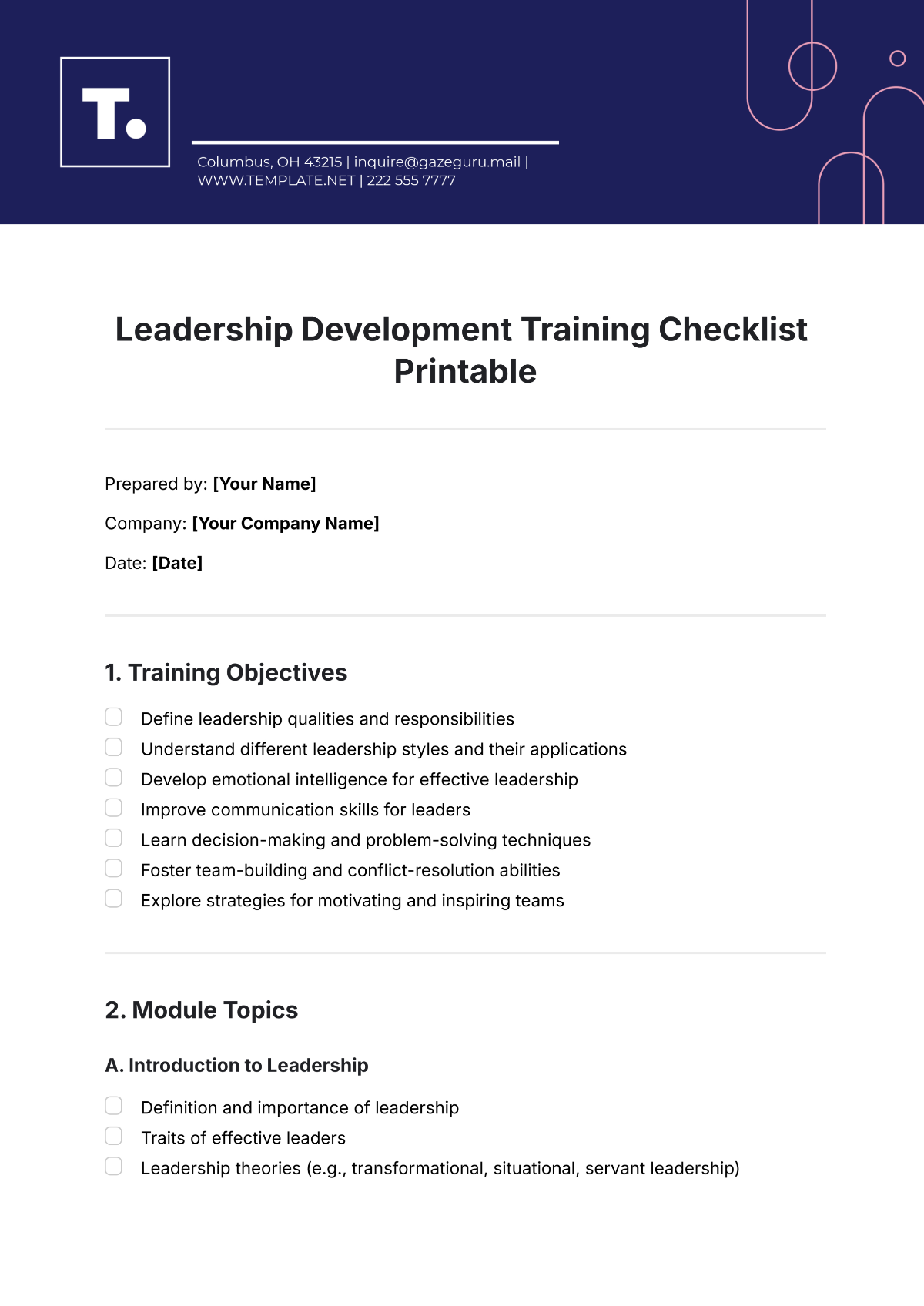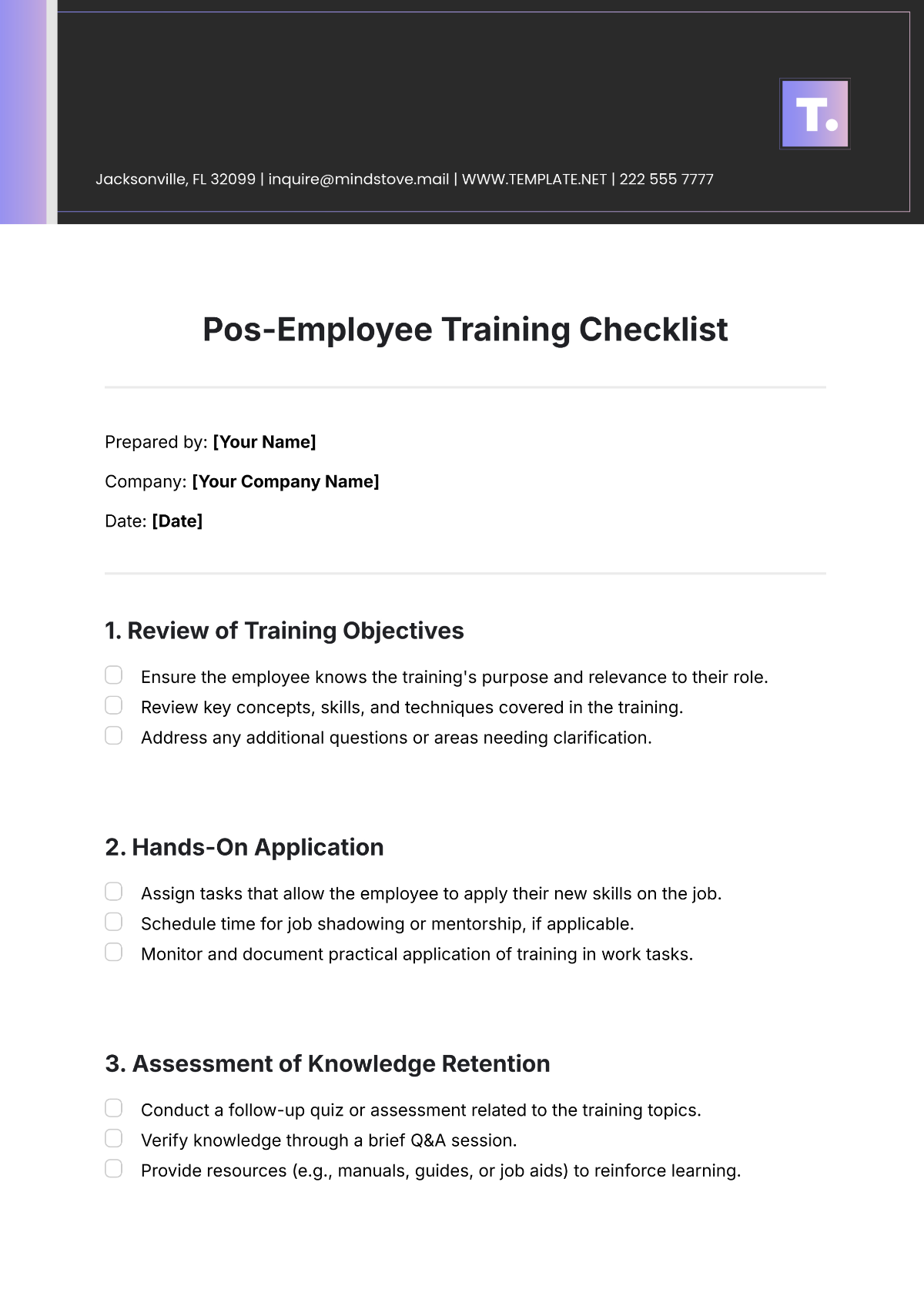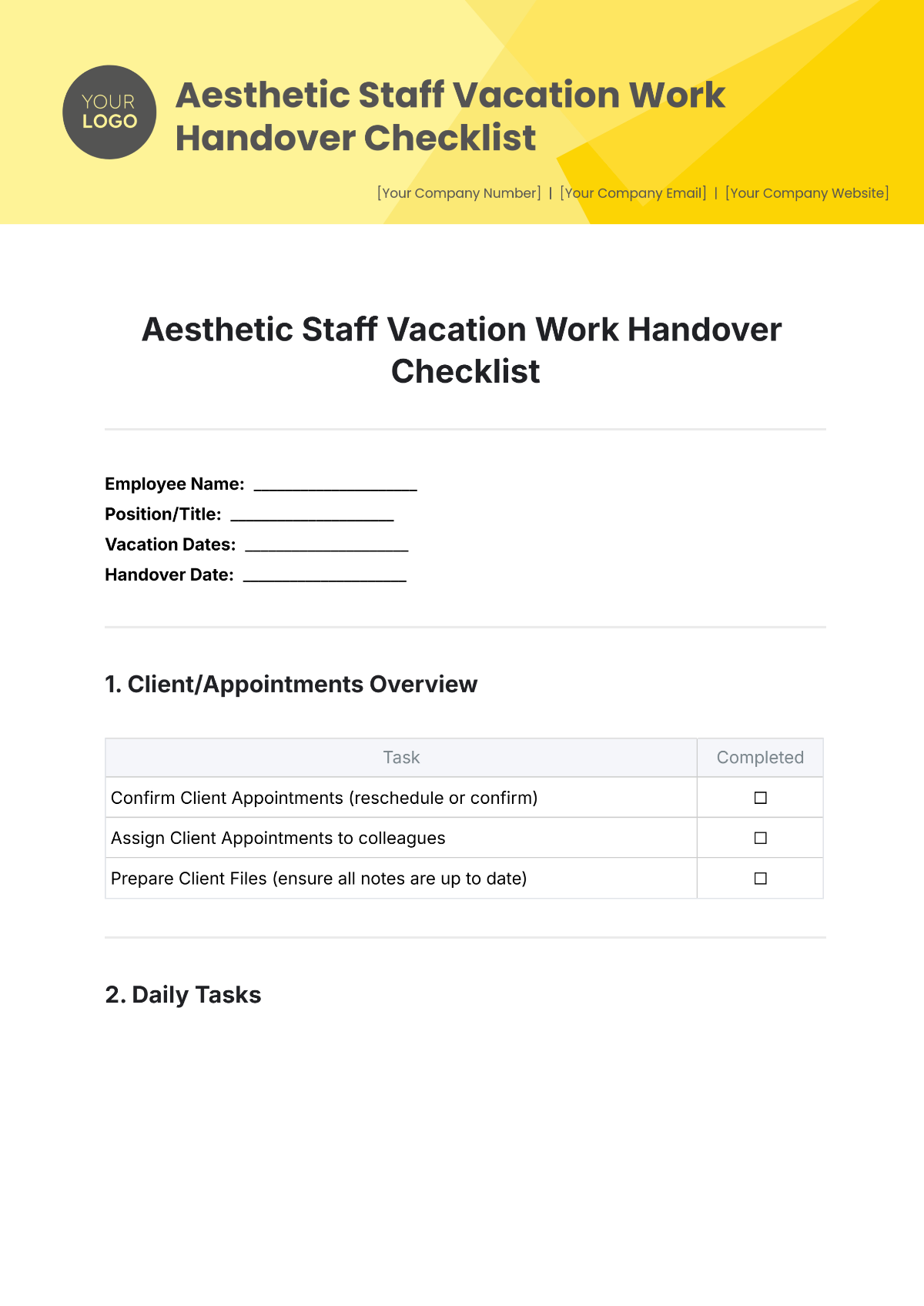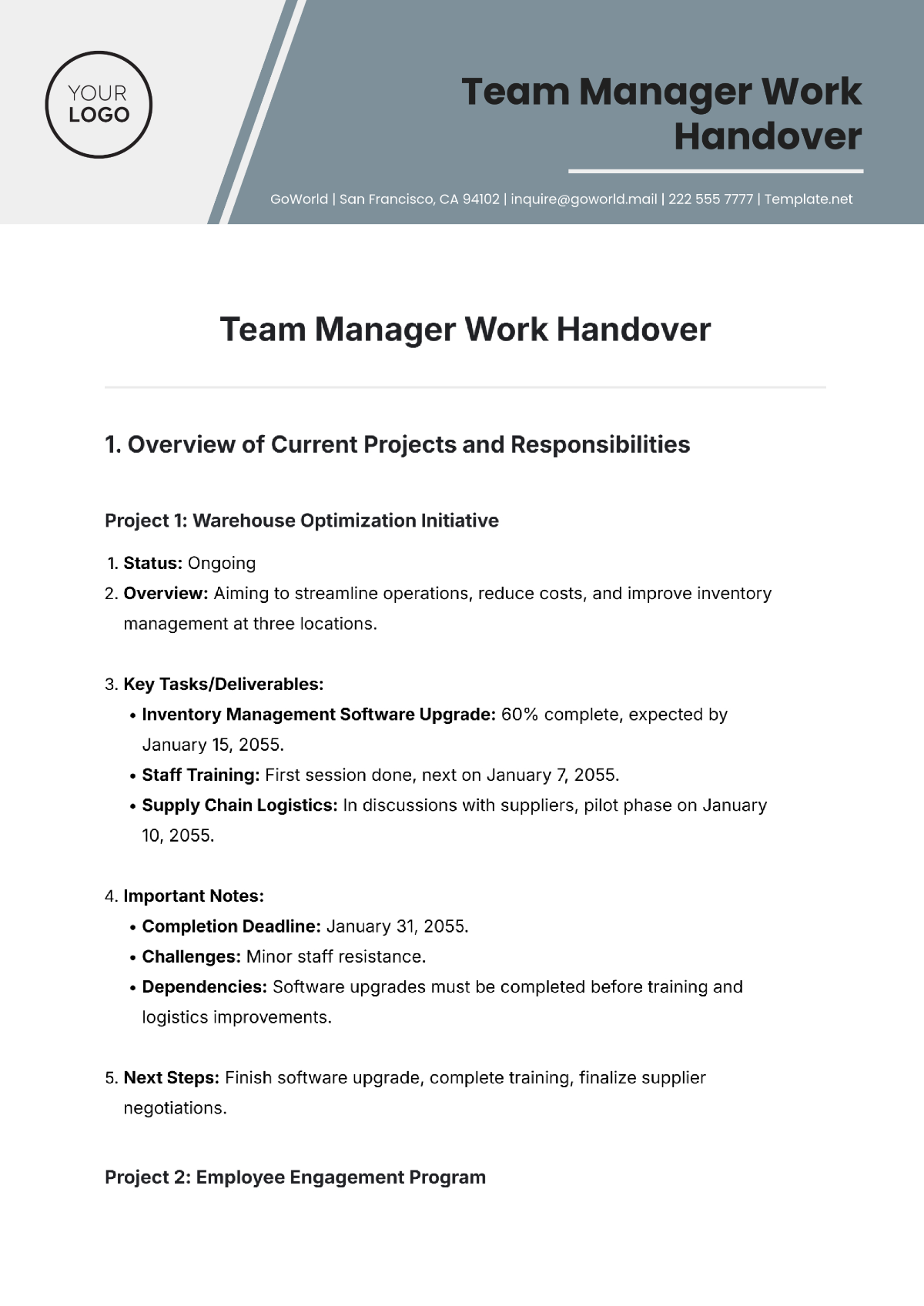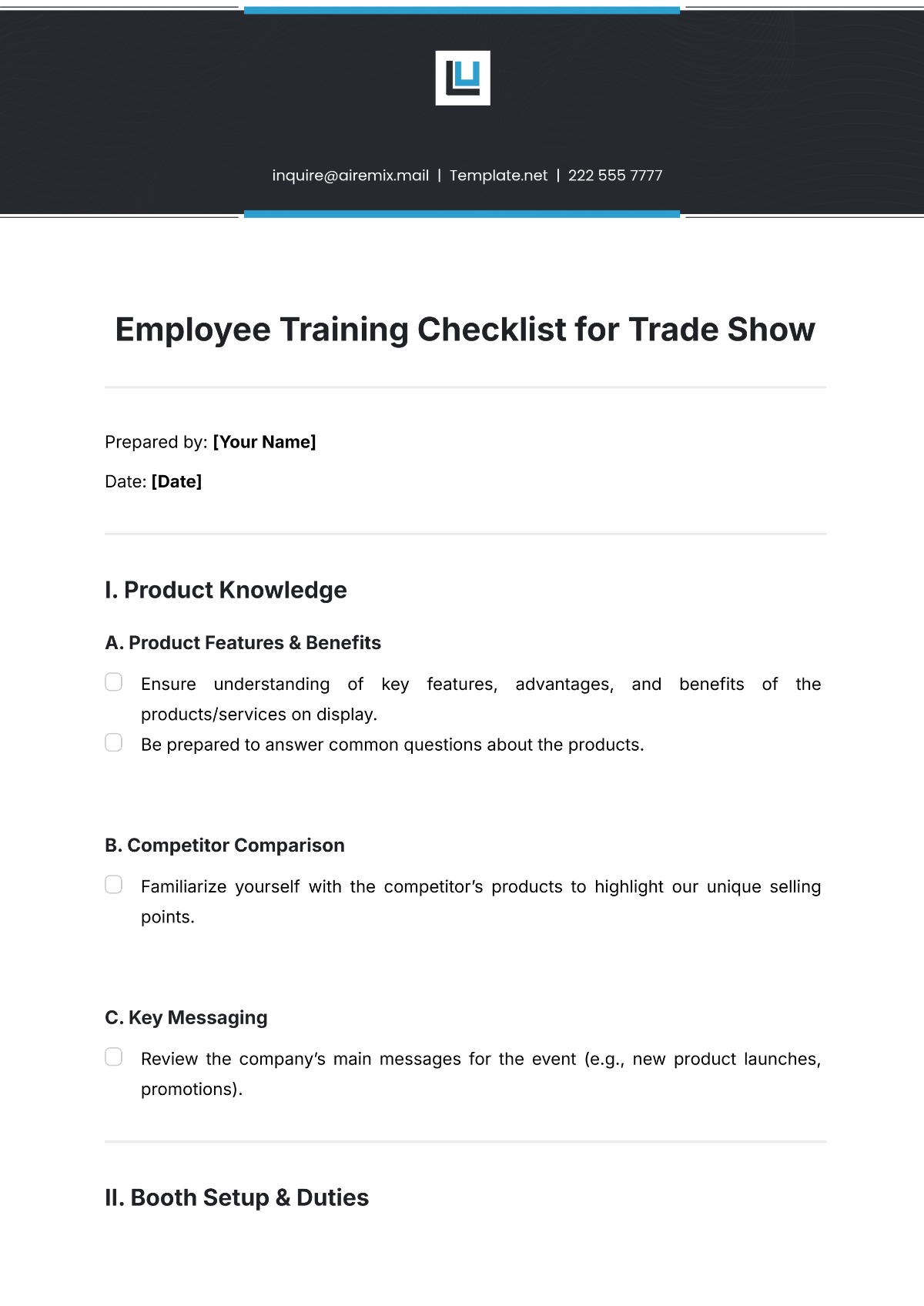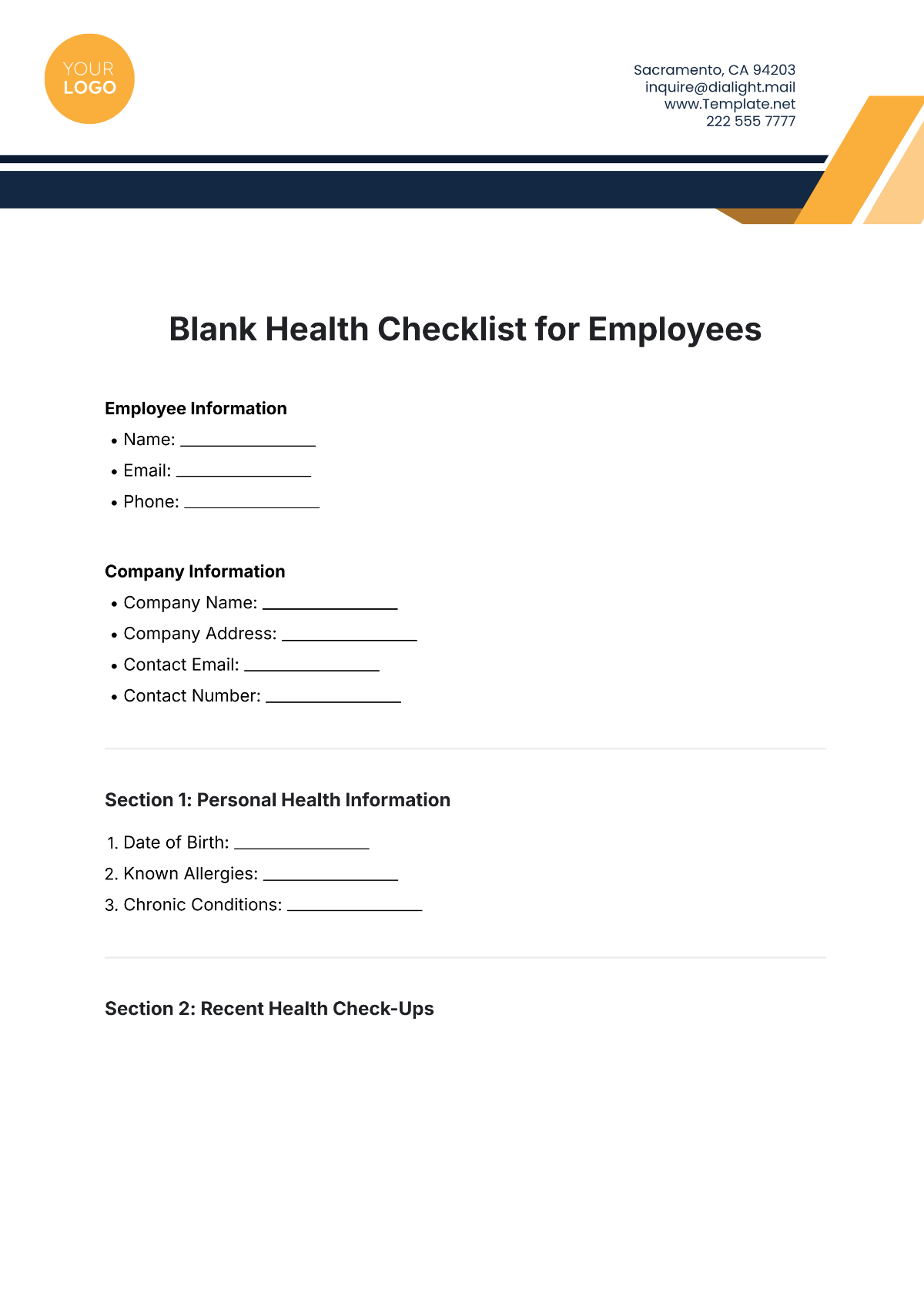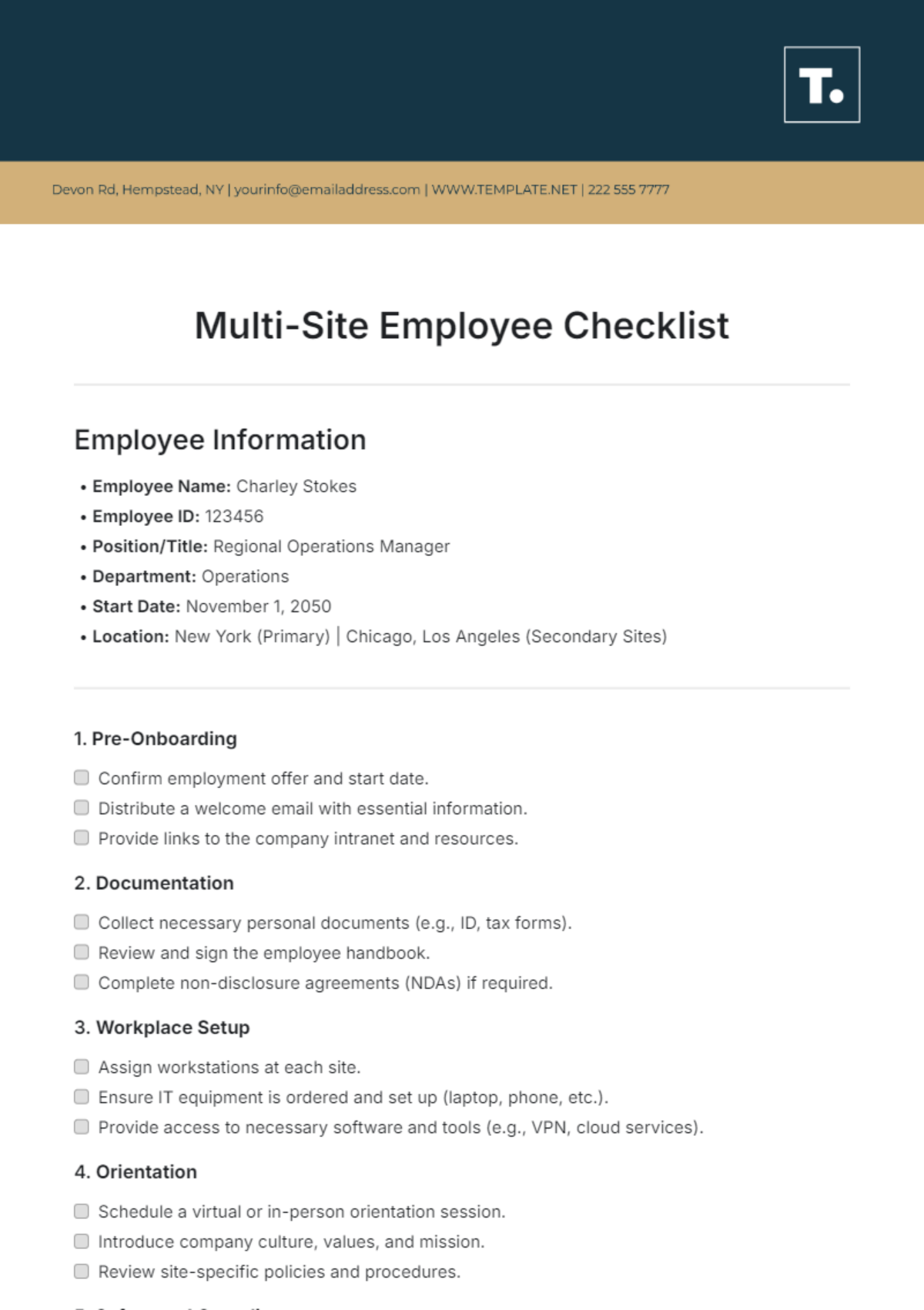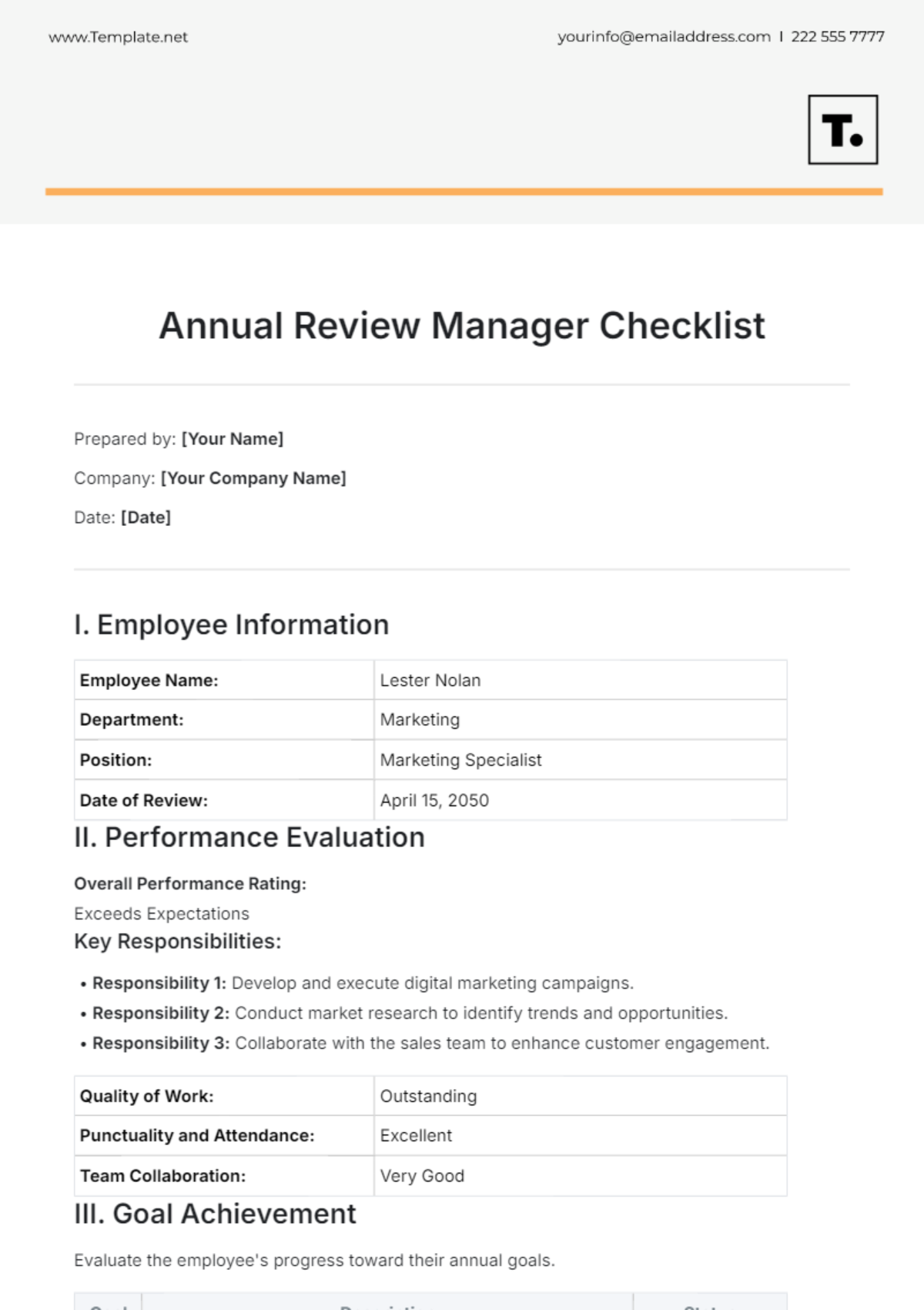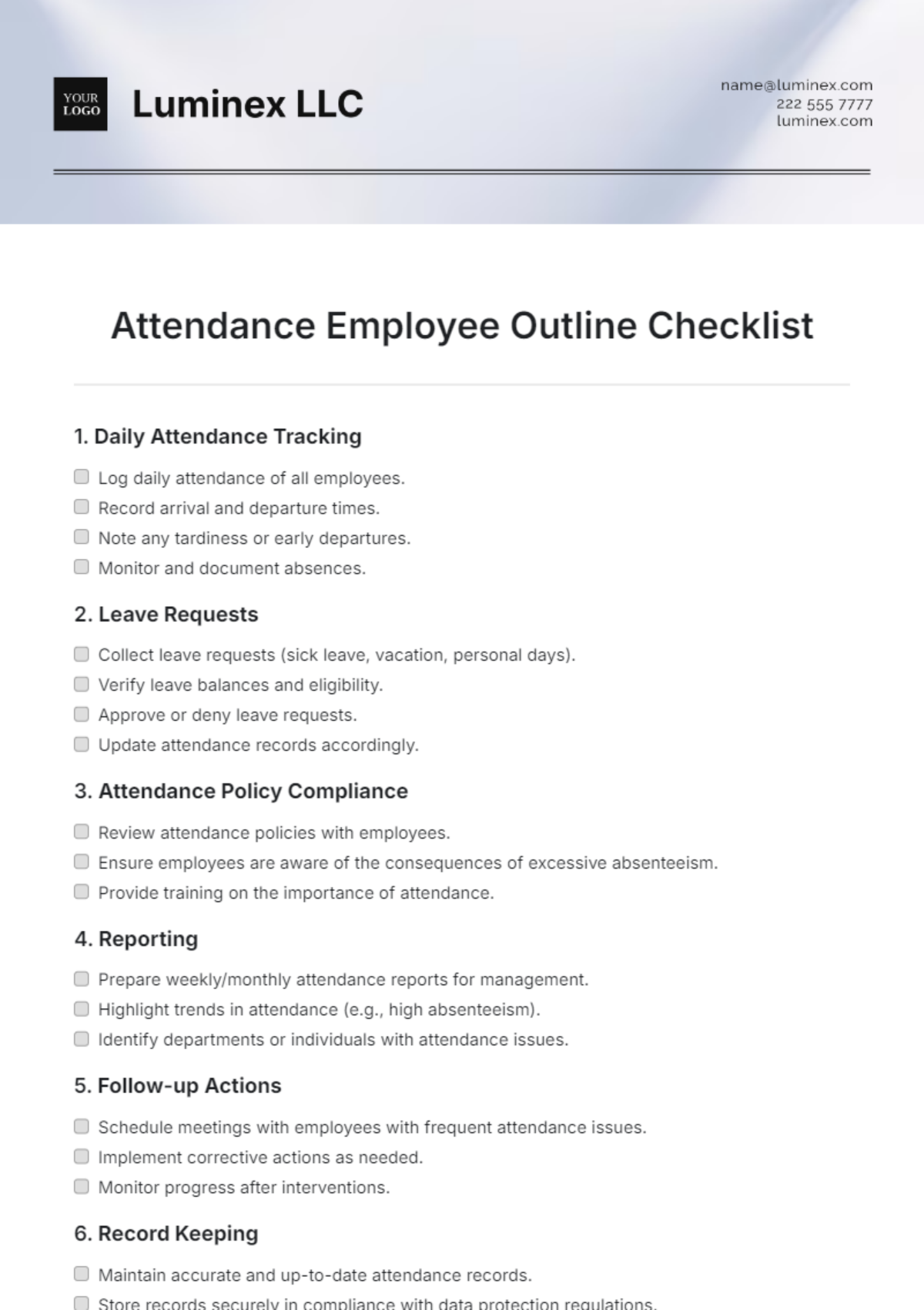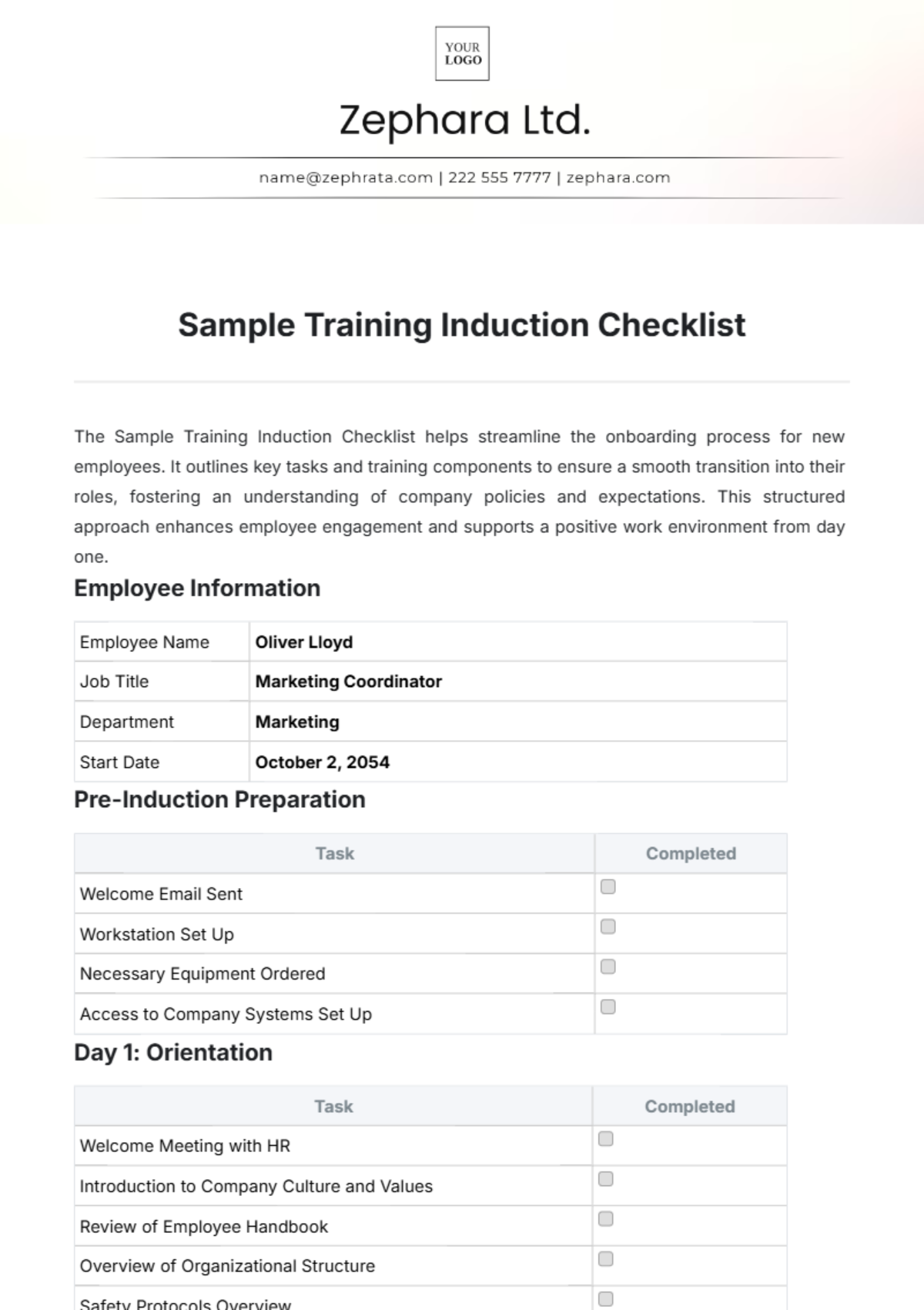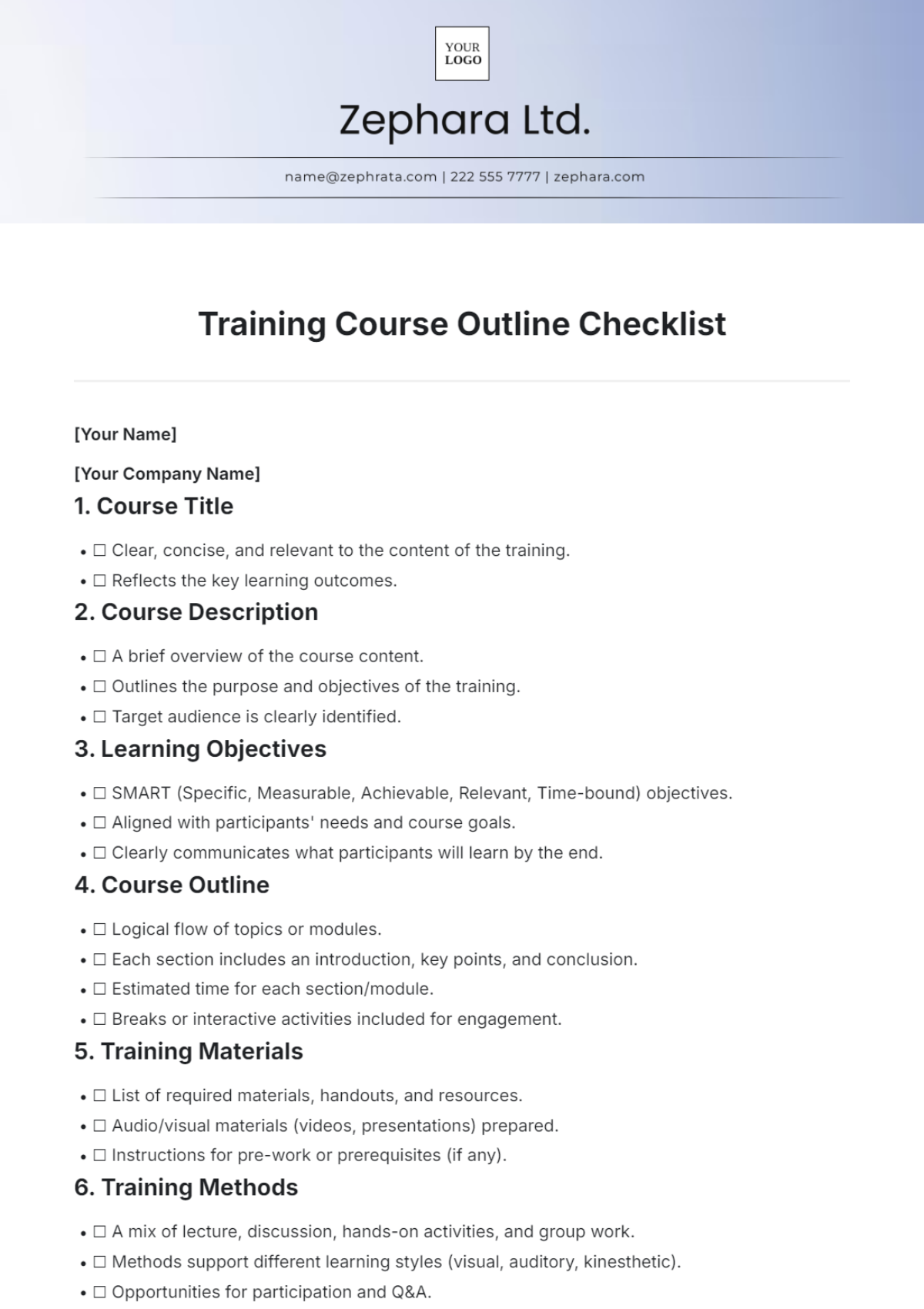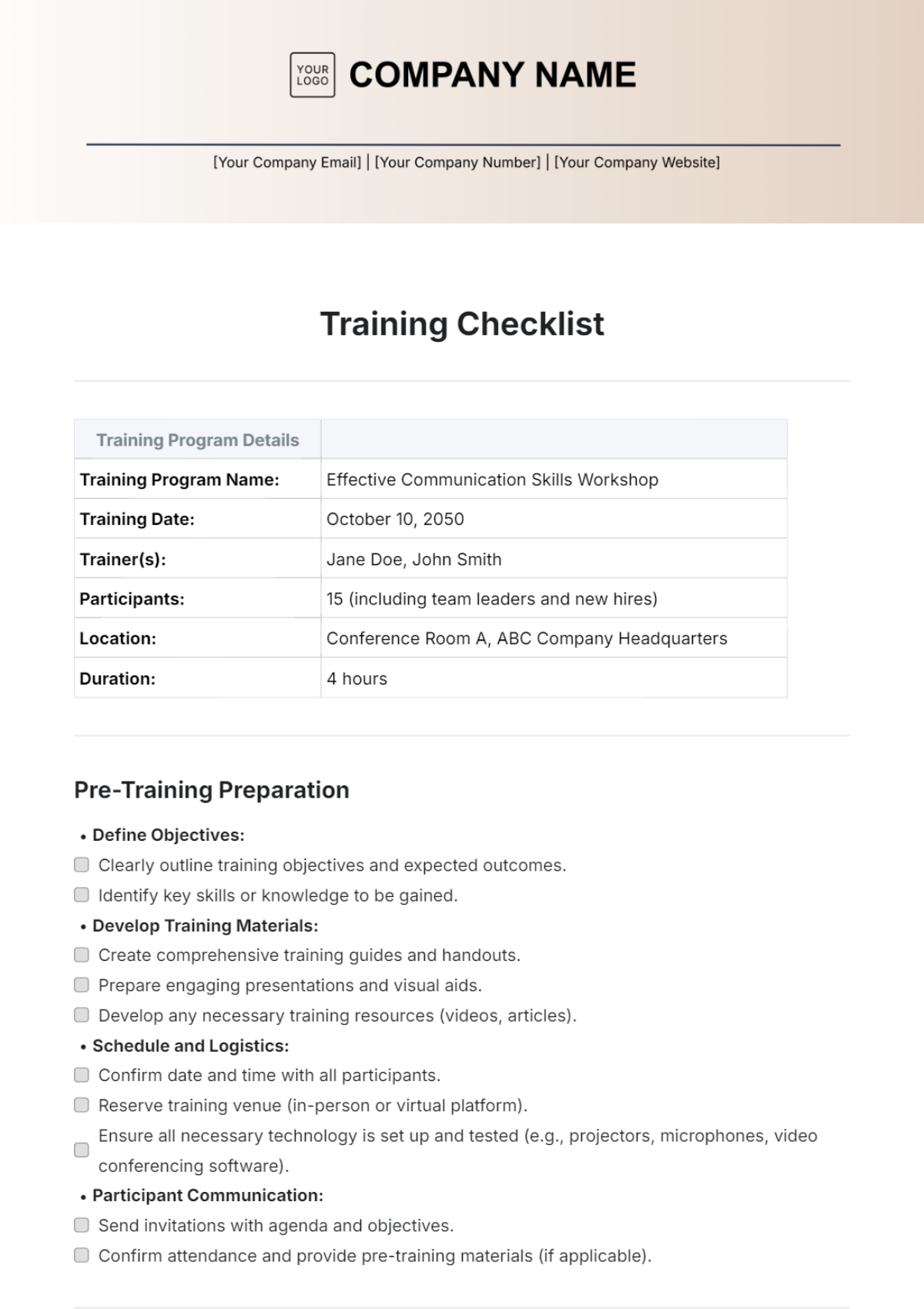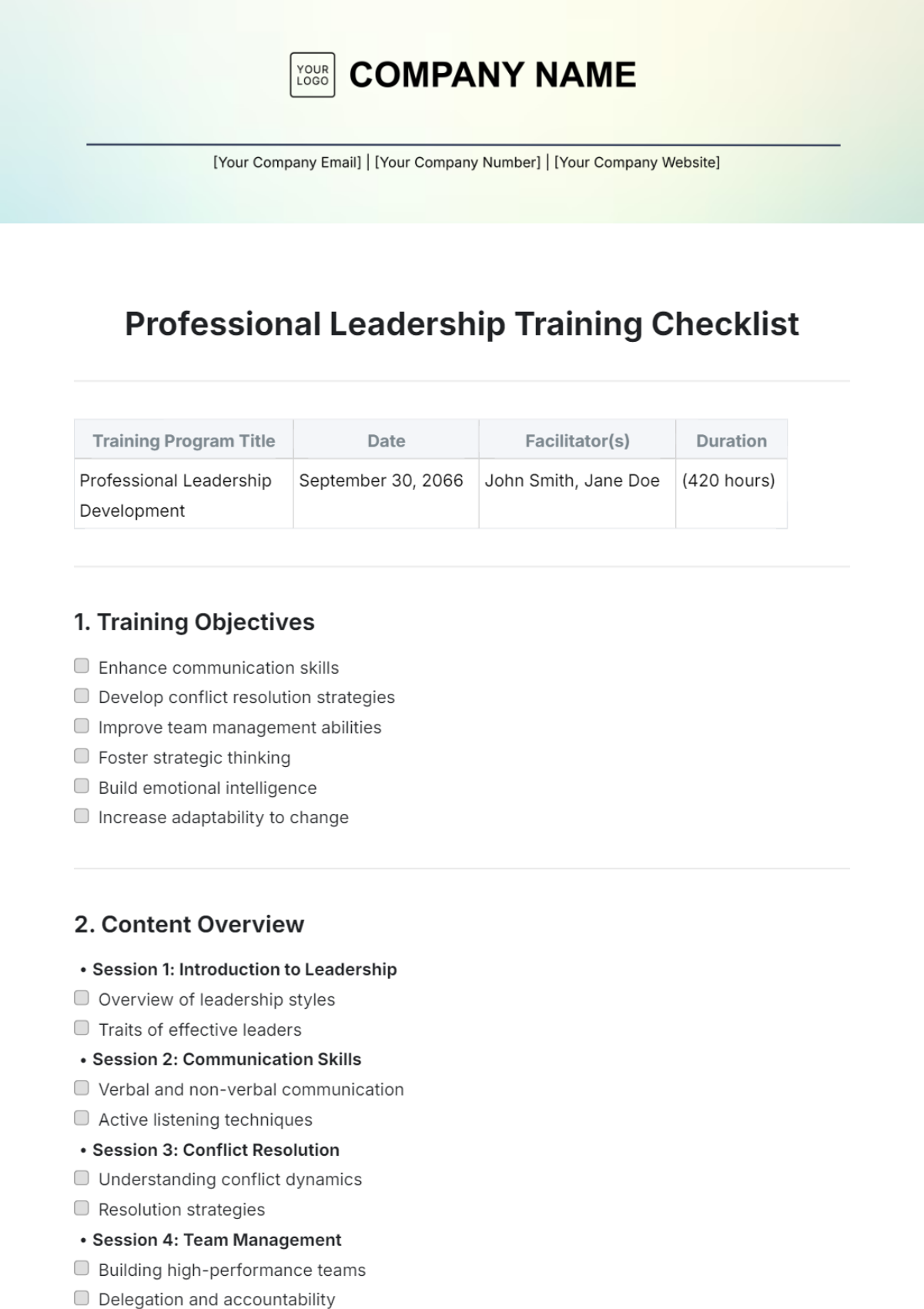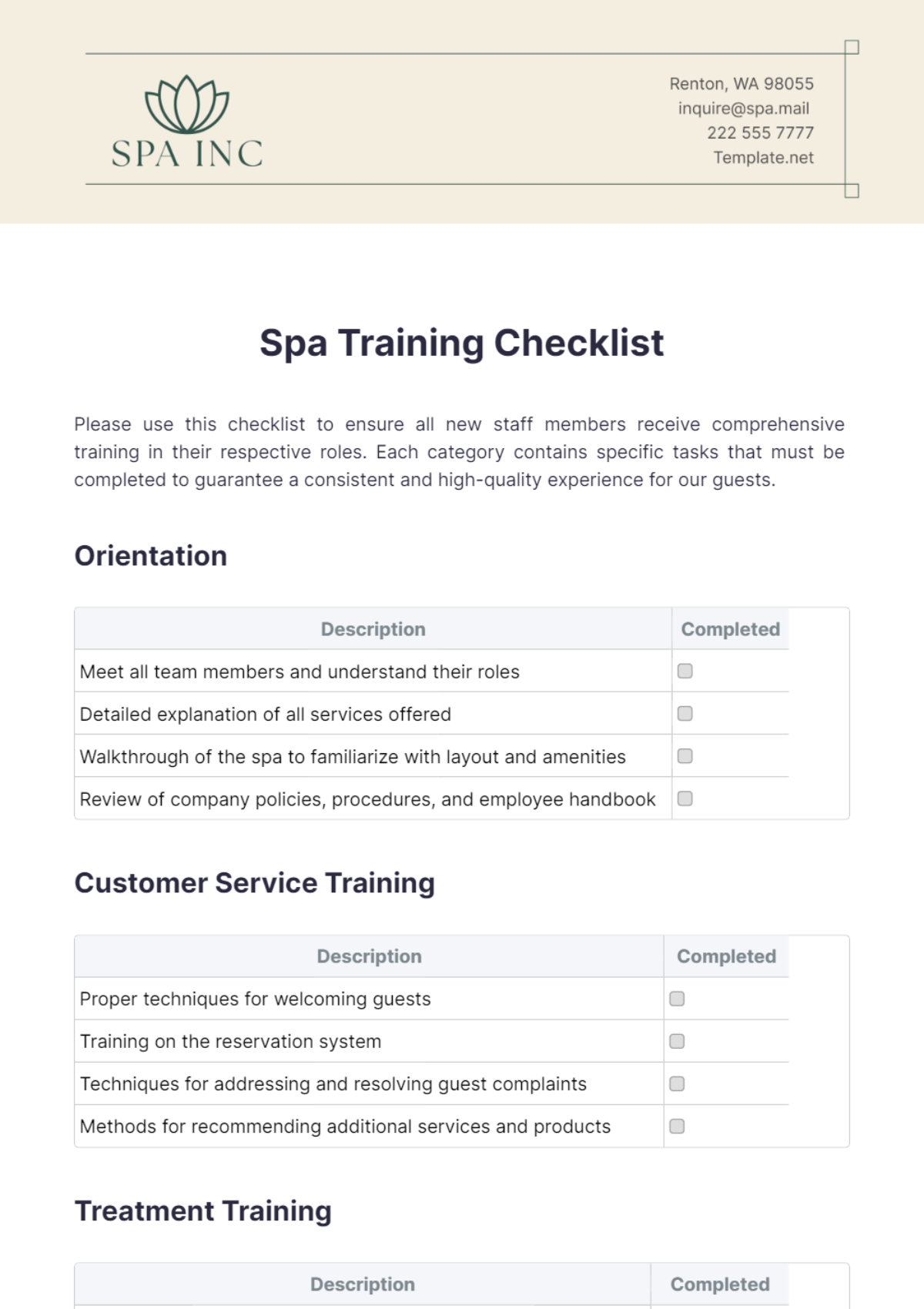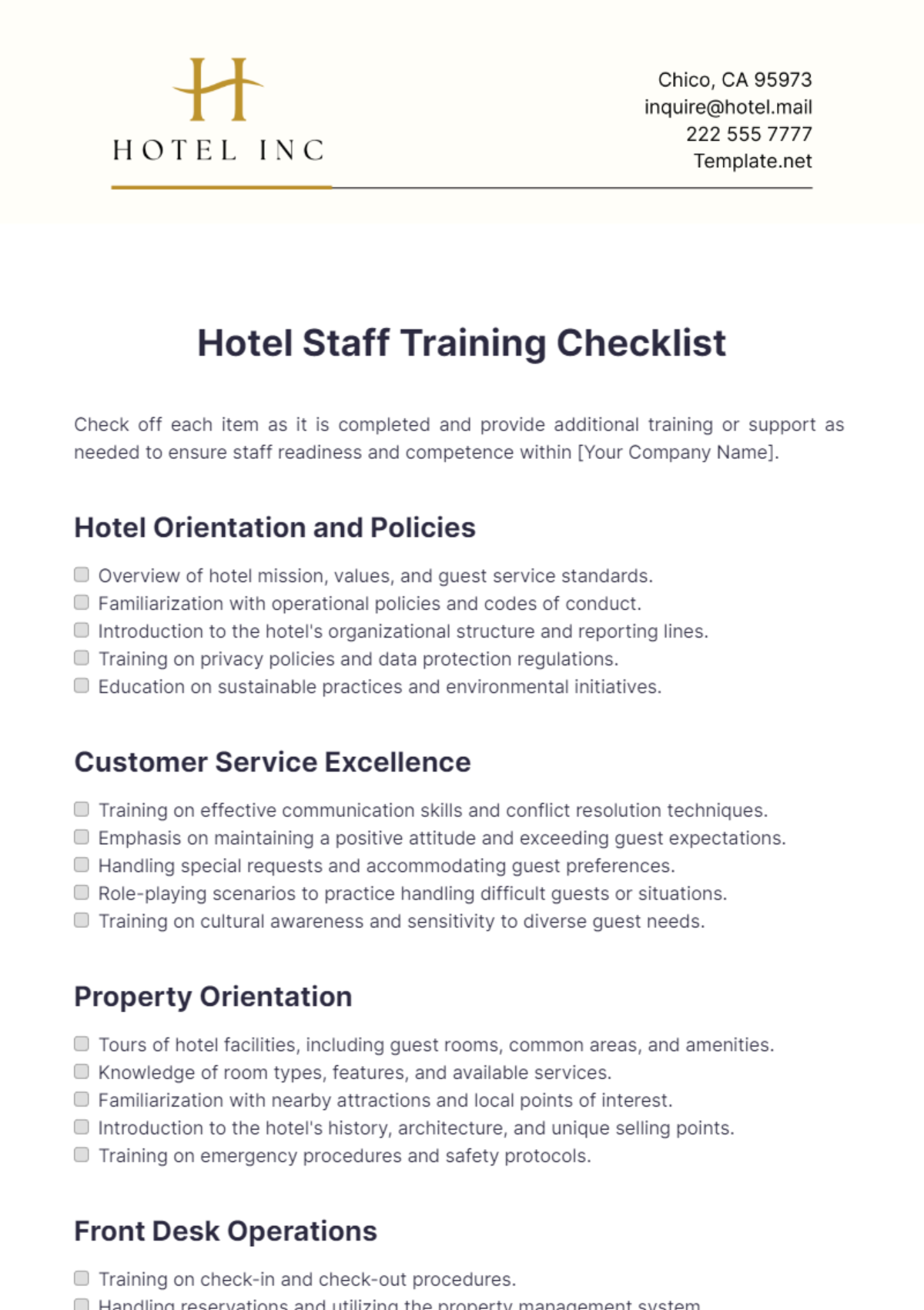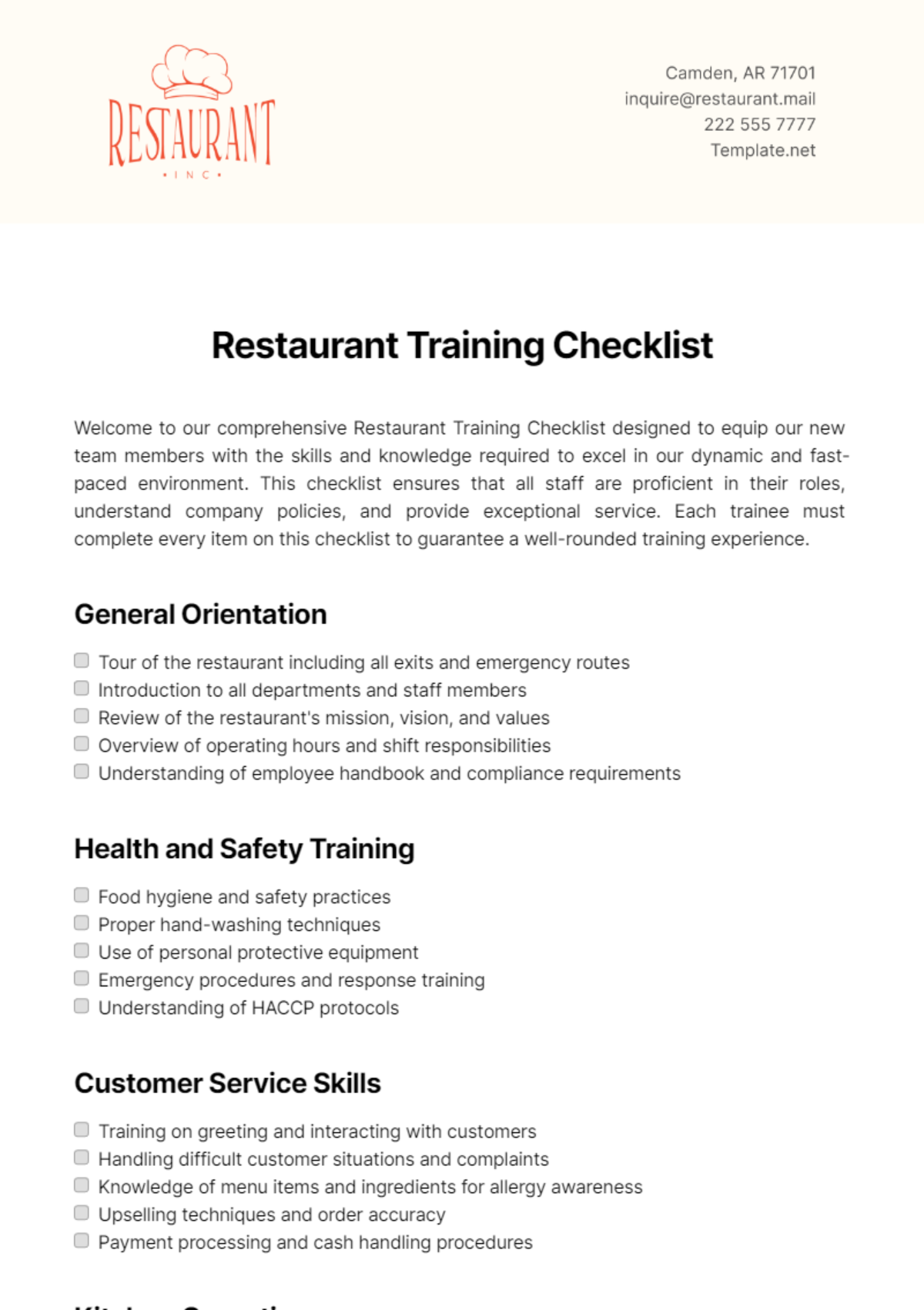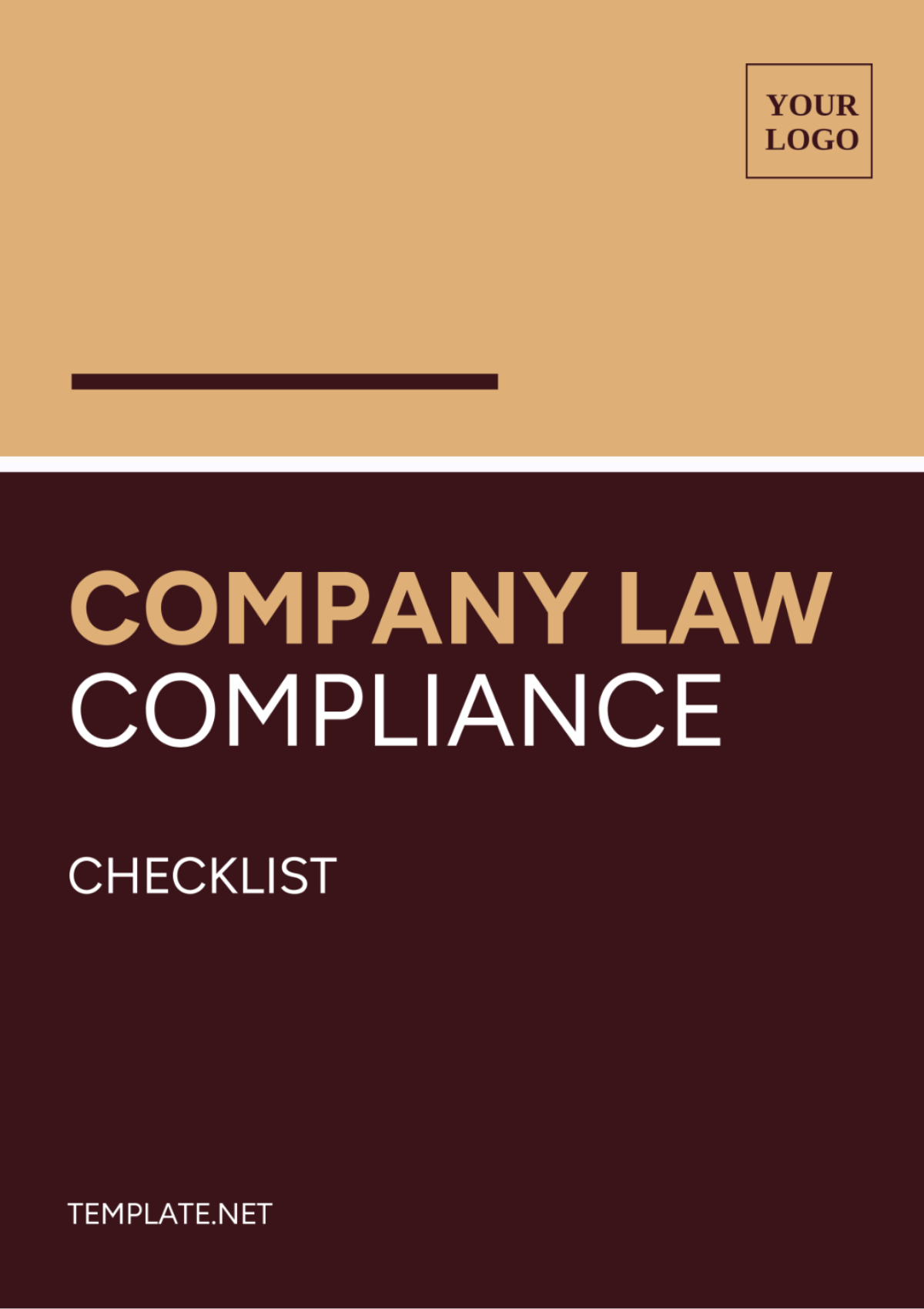Simple Training Checklist
Training Program: Effective Communication Skills
Date: September 30, 2055
Trainer: Jane Doe, Communication Specialist
Participants: 15 Employees from the Sales Department
1. Preparation Phase
Define Training Objectives
Goal 1: Improve verbal communication skills to enhance customer interactions.
Goal 2: Develop active listening techniques to understand customer needs better.
Goal 3: Learn to manage and resolve conflicts effectively.
Prepare Training Materials
Create a PowerPoint presentation covering key concepts (e.g., body language, tone).
Develop handouts that summarize communication techniques.
Prepare a list of role-play scenarios relevant to the sales environment.
Set Up Training Space
Arrange seating in a U-shape to facilitate group discussions.
Ensure the projector and screen are functioning properly.
Set up a whiteboard and markers for brainstorming sessions.
Confirm Attendance
Send a calendar invite to all participants with training details.
Request a brief email response from participants confirming attendance.
Test Technology
Conduct a technology check one day before training.
Verify Wi-Fi connectivity and access to online resources (e.g., videos).
2. Training Content Delivery
Introduction (10-15 minutes)
Welcome participants and introduce yourself.
Outline the training agenda:
9:00 - 9:15: Introduction
9:15 - 10:00: Module 1: Verbal Communication
10:00 - 10:45: Module 2: Active Listening
10:45 - 11:30: Module 3: Conflict Resolution
11:30 - 11:45: Q&A and Feedback
Establish ground rules (e.g., respect for all contributions).
Module 1: Verbal Communication (30-45 minutes)
Present key concepts (e.g., clarity, tone, pacing).
Interactive Activity: Pair participants for a "two-minute pitch" exercise.
Conduct a Q&A session to clarify concepts (5-10 minutes).
Module 2: Active Listening (30-45 minutes)
Discuss the importance of active listening in sales.
Use case studies to illustrate effective listening strategies.
Interactive Activity: Role-play scenarios where participants practice listening techniques.
Module 3: Conflict Resolution (30-45 minutes)
Explain the steps in conflict resolution (e.g., identify the issue, listen to both sides).
Share examples of common conflicts in sales and how to handle them.
Interactive Activity: Group participants to role-play conflict resolution situations.
3. Post-Training Activities
Gather Participant Feedback
Distribute a feedback form with questions like:
What did you find most valuable?
How can we improve future training sessions?
Encourage anonymous feedback for honest responses.
Review Objectives Achieved
Assess participant feedback to determine if training goals were met.
Note any challenges or areas needing more focus in future sessions.
Distribute Follow-Up Materials
Email training materials and a summary of key takeaways within 24 hours.
Include links to further reading and online resources on communication skills.
Schedule Follow-Up Sessions
Identify employees who may benefit from additional training.
Plan a follow-up workshop in 3 months to reinforce skills learned.
4. Notes & Observations
Participant Engagement: High engagement during role-play exercises.
Areas for Improvement: Consider incorporating more visual aids in future modules.
